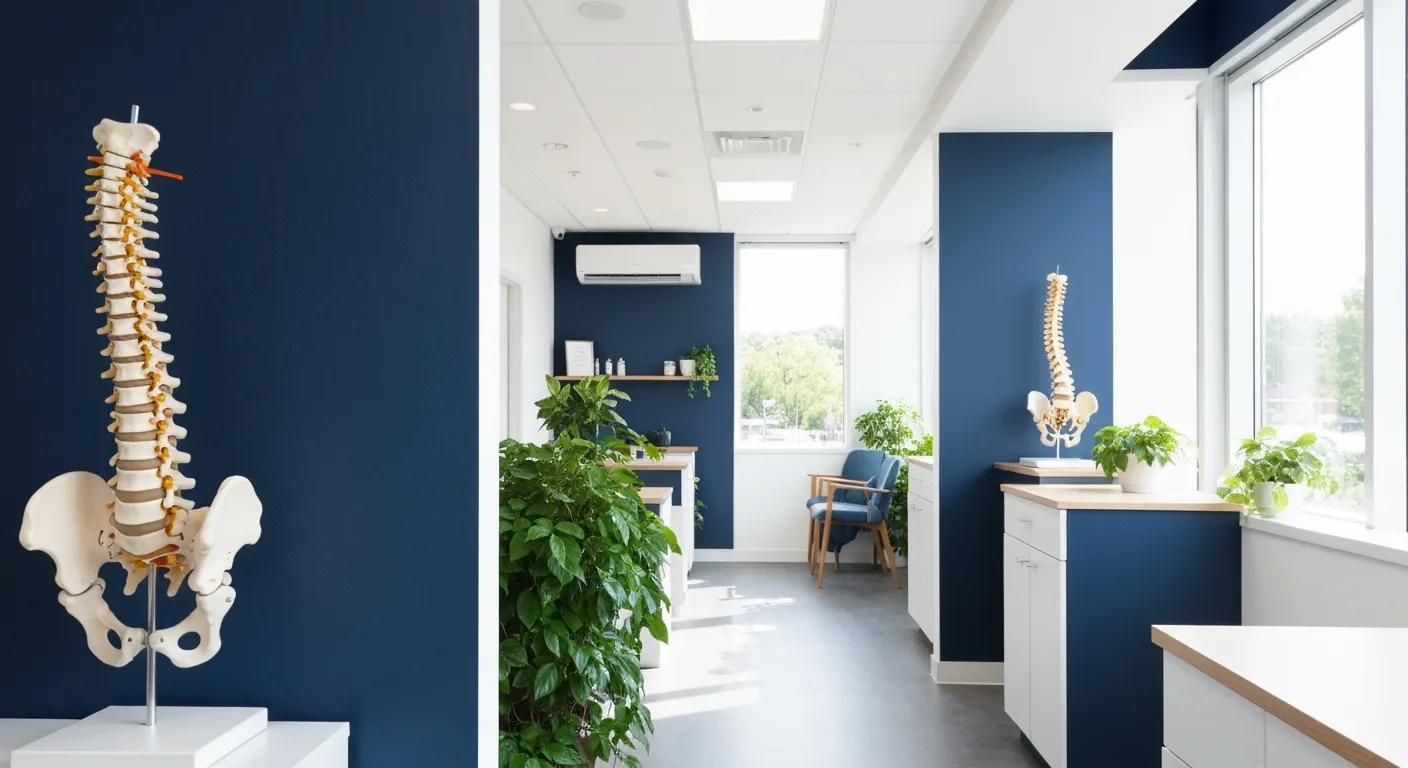Why Athletes Should Prioritize Recovery Through Bodywork
August 5, 2025
12 min
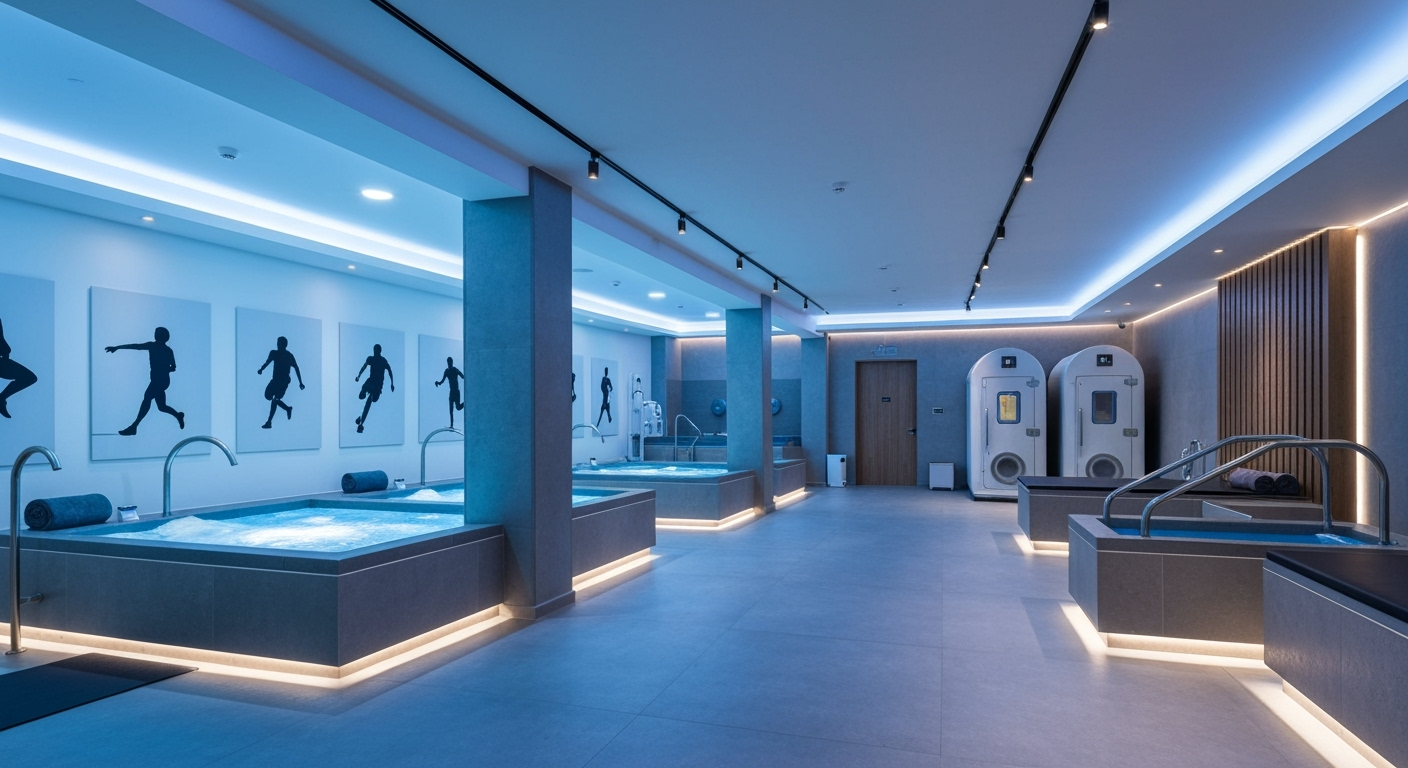
The Vital Importance of Recovery in Athletic Success
Recovery is as essential as training itself for athletes aiming to reach and sustain peak performance. Beyond rest, recovery through bodywork offers specific physiological and psychological benefits that accelerate healing, prevent injury, and improve overall athletic longevity. Understanding why recovery matters and how targeted bodywork techniques support this process is crucial for athletes and coaches committed to optimized performance and health.
Understanding Why Recovery Is Essential After Exercise
Why is recovery important after exercise?
Recovery is a crucial phase in any athlete’s training routine. It allows the body to repair and rebuild damaged muscles that develop microtears during workouts. Without proper recovery, these micro-injuries could lead to fatigue, soreness, and even injury.
Beyond muscle repair, recovery helps replenish energy reserves, especially glycogen stores in muscles and the liver. This process is vital for maintaining high performance levels in subsequent workouts.
The body also uses recovery time to regulate hormones such as human growth hormone and cortisol, balancing stress and repair mechanisms. Additionally, recovery supports the immune system, making it easier for athletes to fend off illnesses that can sideline their training.
Practicing recovery strategies like adequate sleep, proper nutrition, active recovery, and rest days not only speeds up physical healing but also reduces mental stress.
Signs that might indicate inadequate recovery include increased fatigue, decreased performance, sleep disturbances, mood swings, and a greater frequency of illness. Monitoring these symptoms helps athletes adjust their training and recovery plans accordingly.
Overall, recovery enhances physical health, accelerates improvements, and prevents overtraining, ensuring athletes can perform at their best over the long term.
Effective Recovery Methods Athletes Should Know
What are effective recovery methods for athletes?
Athletes rely on a combination of strategies to optimize their recovery process, ensure peak performance, and prevent injuries. One fundamental approach is promoting quality sleep, which allows the body to carry out essential repair processes. Both sleep duration and quality are critical; high-quality sleep involves cycles of NREM and REM stages that support hormone regulation and tissue repair.
Proper nutrition and hydration are equally vital. Consuming a balanced diet rich in carbohydrates supports glycogen replenishment, while protein intake facilitates muscle repair. Hydration with adequate fluids maintains circulation and helps eliminate waste products from muscles, preventing dehydration-related fatigue.
Active recovery exercises, such as light jogging, swimming, yoga, or foam rolling, are effective for increasing blood flow, removing metabolic waste, and supporting tissue healing. Hydrotherapy techniques, including cold water immersion and contrast baths, have shown positive effects by reducing inflammation and relieving muscle soreness, though research results vary.
Massage therapy and the use of compression garments are popular passive methods that can reduce muscle tension, improve circulation, and promote faster recovery. Cryotherapy involves exposing the body to cold air or water to diminish inflammation and soreness. Flotation therapy, or float tanks, also aid in mental relaxation and muscle recovery through sensory deprivation and reduction of stress.
In conclusion, effective athlete recovery incorporates a personalized mix of these methods—each supporting physical tissue repair, mental well-being, and injury prevention—to help athletes bounce back and achieve their performance goals efficiently.
How Bodywork Enhances Athletic Recovery
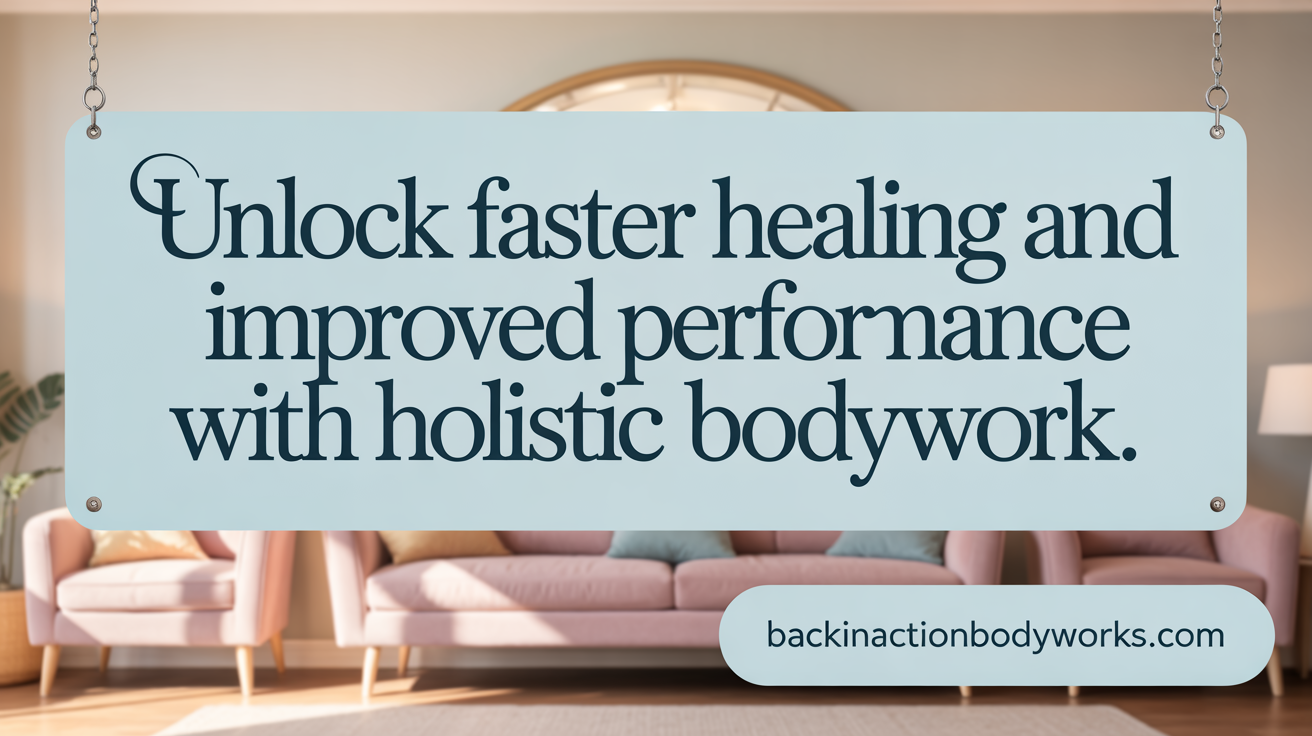
How does bodywork benefit athletic recovery?
Bodywork offers several advantages that contribute to faster and more effective recovery for athletes. One primary benefit is the improvement of blood circulation. Enhanced blood flow ensures that oxygen and vital nutrients reach muscle tissues efficiently, facilitating repair and growth after strenuous activity. Simultaneously, bodywork helps remove metabolic waste products such as lactic acid, which can cause soreness and stiffness.
Furthermore, techniques like massage and other manual therapies help decrease muscle tension and release knots, thereby increasing flexibility and range of motion. This reduction in muscle tightness can prevent injuries related to overuse or strain.
On a neurological level, bodywork evokes relaxation by activating the parasympathetic nervous system. This activation reduces stress hormones, alleviates anxiety, and fosters a sense of calm, which enhances mental recovery.
Supporting tissue healing is another crucial aspect. Bodywork can promote lymphatic drainage, reducing swelling and inflammation in injured tissues. Additionally, regular sessions can improve sleep quality—key for muscle repair, hormone regulation, and overall recovery.
While scientific research presents mixed results regarding the extent of these benefits, the combination of improved circulation, decreased muscle tension, neurological relaxation, and enhanced sleep underscores bodywork’s vital role in an athlete’s recovery routine. Regular implementation of massage therapy, foam rolling, or similar modalities can help athletes bounce back quicker and maintain peak performance.
More info
Search Query: physiological benefits of massage therapy for athletes
Popular Bodywork Techniques for Athletic Recovery
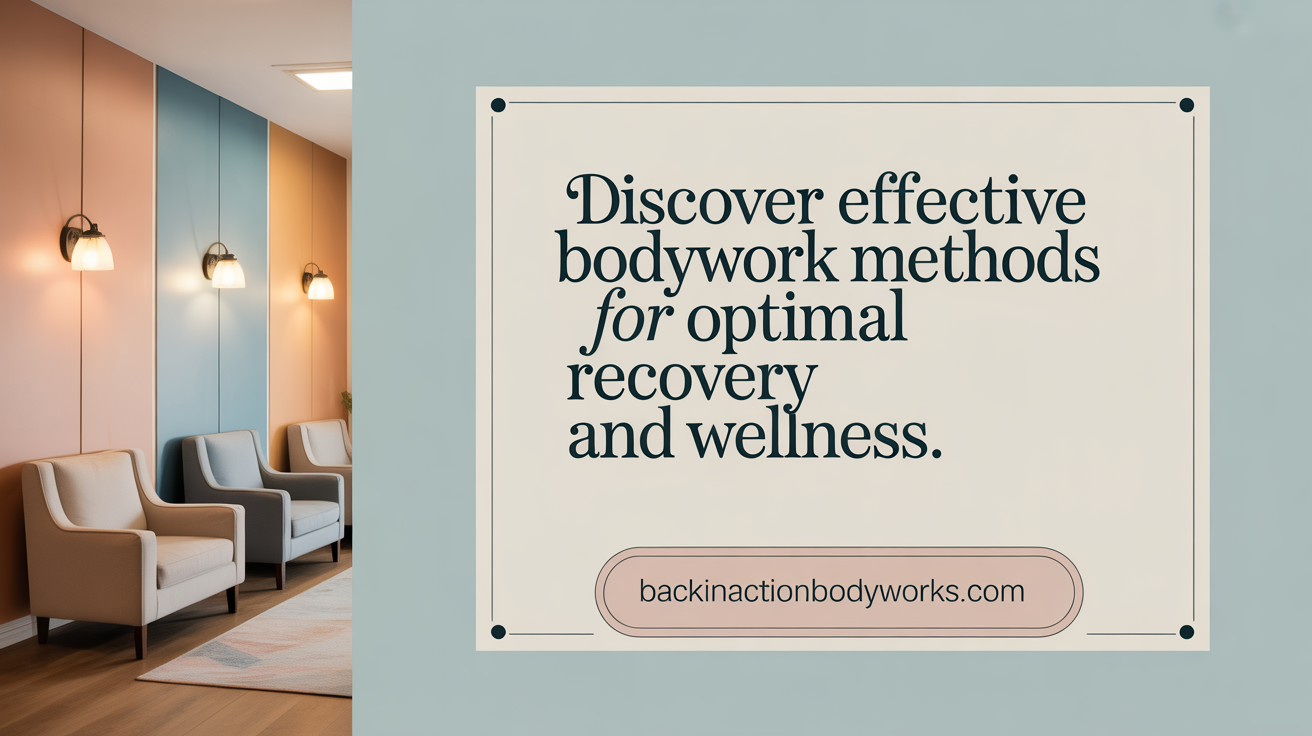
Which bodywork techniques are commonly used for athletic recovery?
Athletes utilize various bodywork methods to optimize recovery, prevent injuries, and promote muscle healing. One of the most common approaches is massage therapy. Sports massage and deep tissue massage are particularly popular because they help release muscle tension, reduce stiffness, and prevent delayed onset muscle soreness (DOMS). Regular massage sessions also improve blood flow, which accelerates nutrient delivery and waste removal.
In addition to massage, techniques like myofascial release and trigger point therapy are highly effective. These methods target tight fascia and muscle knots (trigger points) that can restrict movement and cause discomfort. By effectively releasing these tight areas, athletes experience improved flexibility and reduced pain.
Hydrotherapy stands out as another vital recovery strategy. Cold water immersion (ice baths), contrast therapy (alternating hot and cold water), and water immersion help decrease inflammation, soothe sore muscles, and boost circulation. These water-based recovery methods are known for their quick and effective relief from muscle soreness after intense exercise.
Stretching routines and compression garments are also widely used. Static and dynamic stretching increases range of motion, while compression clothing stabilizes muscles, helps prevent swelling, and supports recovery by enhancing blood flow.
Emerging and complementary techniques like cryotherapy—using extremely cold temperatures—and photobiomodulation, or red-light therapy, have gained popularity for their anti-inflammatory effects and tissue repair properties. Saltwater float tanks, which promote deep relaxation, also contribute by decreasing stress and inflammation, aiding overall recovery.
Collectively, these strategies form a comprehensive approach, addressing different aspects of physical recovery. They help athletes return to peak condition faster and reduce the likelihood of injury, enabling sustained long-term athletic performance.
Prioritizing Recovery for Enhanced Performance and Longevity
How does prioritizing recovery enhance athletic performance and longevity?
Focusing on recovery is essential for athletes aiming to improve their performance and extend their careers. Recovery allows the body to carry out crucial functions such as repairing damaged muscles, replenishing energy stores, and regulating hormones that support overall health.
One of the most critical aspects of recovery is sleep. During restful sleep, especially deep sleep stages, the body releases growth hormone, which promotes tissue repair, muscle growth, and cell regeneration. Adequate sleep also supports cognitive functions like focus, memory, and decision-making, all vital for peak athletic performance.
Beyond sleep, active recovery activities such as light jogging, stretching, or yoga play a role in removing metabolic waste products from muscles and providing fresh nutrients needed for repair. Proper nutrition, including adequate hydration and sufficient protein intake, further enhances recovery by supporting glycogen replenishment and muscle synthesis.
Preventing overtraining is another vital element. Excessive training loads without sufficient rest can lead to fatigue, injuries, and hormonal imbalances. Planning rest days and employing periodization—structured variations in training intensity and volume—help manage load and prevent the risk of overtraining syndrome.
By integrating these recovery strategies, athletes not only optimize training outcomes but also safeguard their long-term health. This balanced approach fosters resilience, reduces injury risks, and enhances mental well-being, ultimately supporting sustained athletic excellence and career longevity.
Recovery Through Bodywork as a Key Injury Prevention Strategy
How does recovery through bodywork contribute to injury prevention?
Bodywork therapies like massage, foam rolling, and other manual techniques enhance recovery by improving muscle flexibility and joint range of motion. When muscles are more compliant and less tight, there is a decreased risk of strains, tears, and overuse injuries.
Moreover, regular bodywork helps reduce muscle imbalances and stiffness, which are common contributors to injury. By promoting better blood flow and tissue elasticity, it supports faster healing and maintains optimal muscle function.
Bodywork also influences the nervous system, inducing relaxation that can improve load tolerance. When athletes are mentally and physically relaxed, they are better equipped to handle training stresses and avoid overtraining.
In recent injury prevention protocols, biomechanical assessments and wearable technology are used alongside traditional bodywork. These tools help identify movement deficiencies early, allowing for tailored interventions.
Integrating bodywork with biomechanical analysis and functional movement assessments creates a comprehensive plan. This approach addresses both muscular and movement-related factors, significantly reducing injury risks and promoting long-term performance.
Why Athletes Should Integrate Bodywork Into Their Recovery Plans

Why should athletes incorporate bodywork into their recovery plans?
Athletes can greatly benefit from including bodywork techniques such as massage therapy, foam rolling, and other manual therapies in their routines. These methods accelerate healing by increasing blood flow, which delivers nutrients to damaged tissues and helps remove metabolic waste. This process not only reduces delayed-onset muscle soreness (DOMS) but also speeds up overall recovery after intense workouts.
In addition, bodywork enhances flexibility and joint mobility by releasing muscle tightness and breaking down adhesions. Improved movement range prevents injuries and allows athletes to perform at their best. Techniques like sports massages can even reduce muscle tension and restore balance in the musculoskeletal system.
Beyond physical benefits, bodywork has positive effects on mental health. It lowers stress hormone levels and increases the release of mood-boosting chemicals like endorphins and serotonin. Regular massage sessions can decrease anxiety, promote relaxation, and improve mental focus — all essential for athletic success.
Furthermore, bodywork supports immune function and improves sleep quality. Better-rested athletes with strong immunity are less prone to illness, and improved sleep helps with tissue repair and hormone regulation. By integrating bodywork into their recovery plans, athletes can achieve a more efficient, balanced, and resilient state—ultimately enhancing their long-term performance and reducing injury risks.
Supporting Recovery Through Nutrition, Hydration, and Sleep
How does nutrition support glycogen replenishment and muscle repair?
Proper nutrition is vital for effective recovery. After exercise, consuming carbohydrates helps replenish depleted glycogen stores in muscles, providing the energy needed for future workouts. Protein intake is equally important as it supplies amino acids to repair and build muscle tissue. Foods like lean meats, fish, eggs, dairy, and whole grains support these processes, ensuring the body recovers efficiently and is prepared for subsequent activities.
Why is hydration crucial, and how can athletes monitor their hydration status?
Staying well-hydrated is essential to optimize recovery and performance. Water aids in flushing out metabolic waste products and maintains blood circulation, which delivers nutrients to muscles. A simple way to monitor hydration is by checking urine color—pale yellow indicates proper hydration, while dark urine suggests dehydration. Drinking enough fluids before, during, and after training helps sustain hydration levels, preventing fatigue and promoting quicker recovery.
What role does sleep play in growth hormone release and mental function?
Sleep is a cornerstone of recovery. During restful sleep, the body produces growth hormones that facilitate tissue repair and muscle growth. Additionally, quality sleep supports cognitive functions such as focus, decision-making, and memory consolidation. Athletes who get sufficient high-quality sleep recover faster, perform better, and maintain mental resilience.
What are the negative effects of sleep deprivation on athletic recovery?
Lack of adequate sleep undermines recovery by increasing cortisol levels, which can impair muscle repair and weaken the immune system. Sleep deprivation also raises the risk of injuries, diminishes focus, and reduces motivation. Over time, insufficient sleep can lead to overtraining syndrome, mental fatigue, and prolonged recovery periods, negatively impacting athletic performance.
How can athletes balance proper nutrition and rest with bodywork techniques?
Achieving optimal recovery requires integrating good nutrition and sleep with active recovery methods like foam rolling, massage therapy, and stretching. Proper fueling supports tissue repair, while rest and sleep facilitate hormone release and mental clarity. Bodywork techniques help reduce muscle tension and soreness, enhancing blood flow and flexibility. Combining these strategies creates a comprehensive approach, ensuring athletes recover effectively and sustain peak performance levels.
Active Recovery and Its Synergy with Bodywork
What are some light physical activities that can promote blood flow?
Active recovery involves engaging in low-intensity exercises like walking, swimming, yoga, or light jogging. These activities help increase blood circulation without putting too much strain on the muscles. Better blood flow delivers essential nutrients and oxygen to tissues, aiding in repair and reducing soreness.
How does active recovery help in the removal of metabolic waste?
During intense exercise, muscles produce waste products like lactate. Light physical activity post-workout assists in flushing out these substances from the muscles. Enhanced circulation accelerates the removal of metabolic waste, decreasing fatigue and preventing stiffness.
How does active recovery contribute to reducing delayed-onset muscle soreness (DOMS)?
Active recovery can lessen the severity of DOMS by maintaining movement that keeps muscles active without overloading them. It promotes blood flow, which helps clear out soreness-causing chemicals and supplies fresh nutrients, thereby speeding up the healing process.
What are the benefits of foam rolling and stretching during recovery?
Foam rolling and stretching are valuable tools within active recovery. Foam rolling releases muscle tension, breaks down adhesions, and stimulates circulation. Static stretching improves flexibility and reduces muscle tightness, which can help prevent injuries and improve overall mobility.
How can combining active recovery with massage and hydrotherapy optimize muscle healing?
Integrating active recovery with techniques like massage and hydrotherapy enhances the healing process. Massage reduces muscle tension, increases blood flow, and alleviates soreness. Hydrotherapy, such as cold water immersion, decreases inflammation and accelerates recovery. Together, these methods create a comprehensive approach that maximizes tissue repair, reduces stiffness, and prepares athletes for upcoming training sessions.
Building a Holistic Recovery Plan for Long-Term Athletic Success
Personalizing Recovery and Seeking Expert Guidance
Creating a recovery routine tailored to individual needs helps maximize performance and prevent injuries. Consulting with sports physicians, physical therapists, dietitians, and mental health professionals ensures that every aspect of recovery is addressed. Personalized plans consider an athlete's training intensity, injury history, nutrition, sleep quality, and mental well-being, fostering long-term resilience.
Monitoring Load and Avoiding Overtraining
Effective management of both external load (training volume and intensity) and internal load (physiological responses) is crucial. Athletes should pay attention to signs of overtraining such as persistent fatigue, mood disturbances, and performance decline. Using training logs and recovery metrics helps track progress and adjust workloads, reducing the risk of injuries like stress fractures or tendinopathies.
Mental Health Strategies for Stress and Recovery
Maintaining mental well-being is vital for holistic recovery. Techniques such as mindfulness, relaxation exercises, and mental health support help manage stress and anxiety, which can impair physical recovery. A focus on mental resilience enhances focus, motivation, and confidence, supporting overall athletic longevity.
Integrating Physical and Alternative Therapies
In addition to traditional methods like massage, foam rolling, and targeted exercises, alternative therapies such as acupuncture, yoga, and nutritional therapy can complement recovery plans. These approaches improve flexibility, reduce tension, and promote relaxation. Regular sessions with recovery specialists help identify imbalances early and facilitate preventive care.
Importance of a Team for Recovery Optimization
An integrated team approach involving coaches, sports medicine experts, nutritionists, and mental health professionals fosters comprehensive recovery. Regular assessment and coordinated interventions ensure that physical, nutritional, and psychological factors align, helping athletes recover faster, prevent injuries, and sustain performance over time.
| Aspect of Recovery | Strategy | Benefits |
|---|---|---|
| Personalization | Expert-guided tailored plans | Maximizes effectiveness, reduces injury risk |
| Load Management | Monitoring training intensity, using logs | Prevents overtraining, improves adaptation |
| Mental Well-being | Stress reduction, mental health support | Enhances focus, reduces burnout |
| Therapies | Massage, foam rolling, acupuncture, yoga | Improves flexibility, relaxes muscles |
| Team Support | Multidisciplinary collaboration | Ensures balanced and effective recovery |
Implementing a comprehensive and customized recovery plan is essential for any athlete aiming for long-term success. By combining expert guidance, load management, mental health strategies, diverse therapies, and team support, athletes can achieve optimal recovery, reduce injury risk, and extend their careers.
The Integral Role of Bodywork in Athletic Recovery
Prioritizing recovery through targeted bodywork is indispensable for athletes aiming to optimize performance, prevent injury, and achieve longevity in their sports careers. By enhancing physiological repair processes, improving flexibility, and promoting mental relaxation, bodywork complements traditional recovery methods like sleep and nutrition. When integrated into a comprehensive, individualized recovery strategy that includes active recovery and expert support, bodywork empowers athletes to sustain peak performance, reduce injury risk, and thrive mentally and physically throughout their athletic journey.
References
- Why rest and recovery is essential for athletes - UCHealth Today
- Effectiveness of Recovery Strategies After Training and Competition ...
- Importance of Recovery in Athletic Performance Enhancement
- What Are Trusted Benefits of Care for Athlete Recovery?
- Body, Mind, Sport: The Role of Wellness in Recovery and Injury ...
- Why is Recovery Important for Athletes & How to Recover Like a Pro
- Why Athletes Should Prioritize Regular Massage Therapy
Recent articles
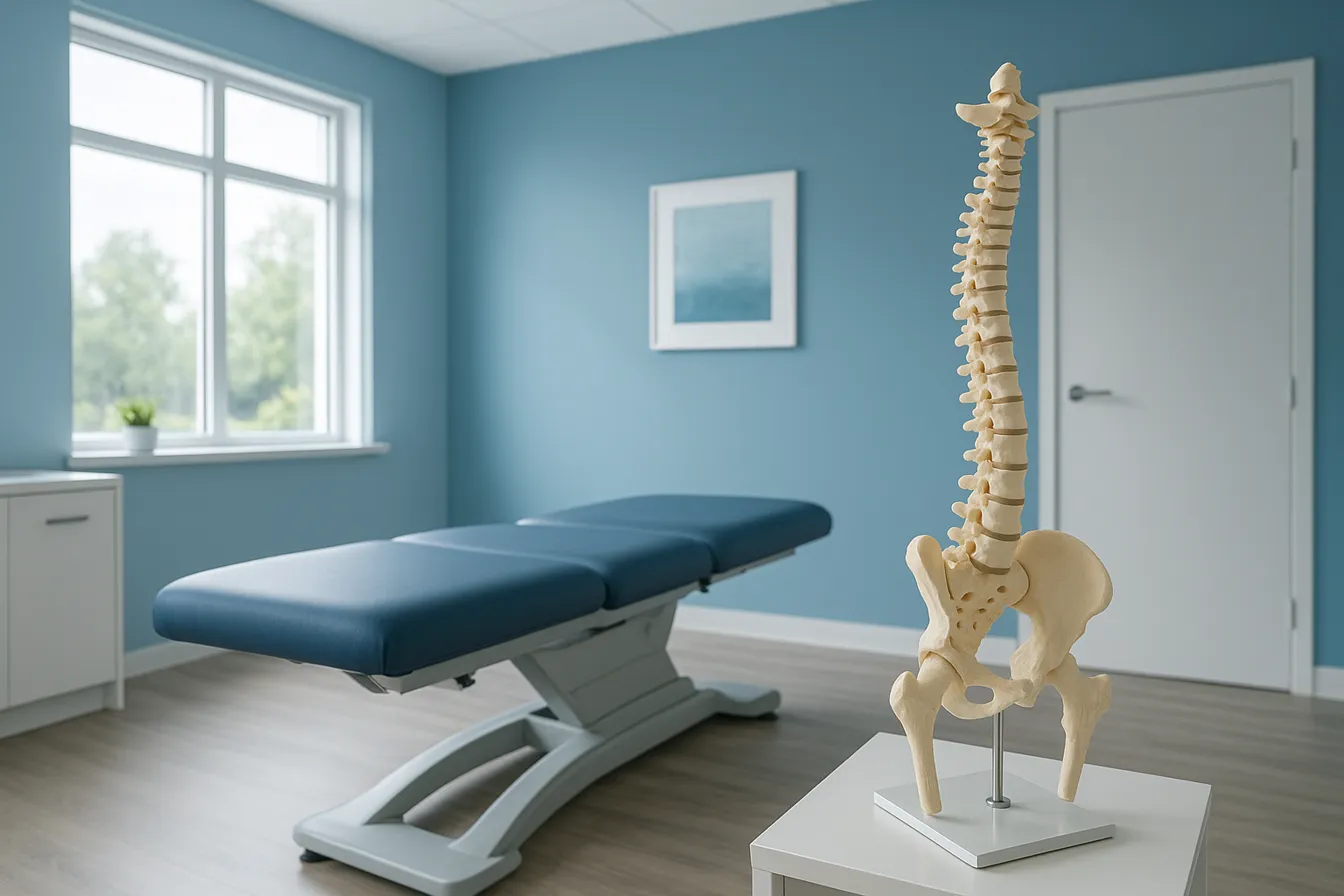
Chiropractic Care: Key Benefits for Managing and Preventing Back Pain
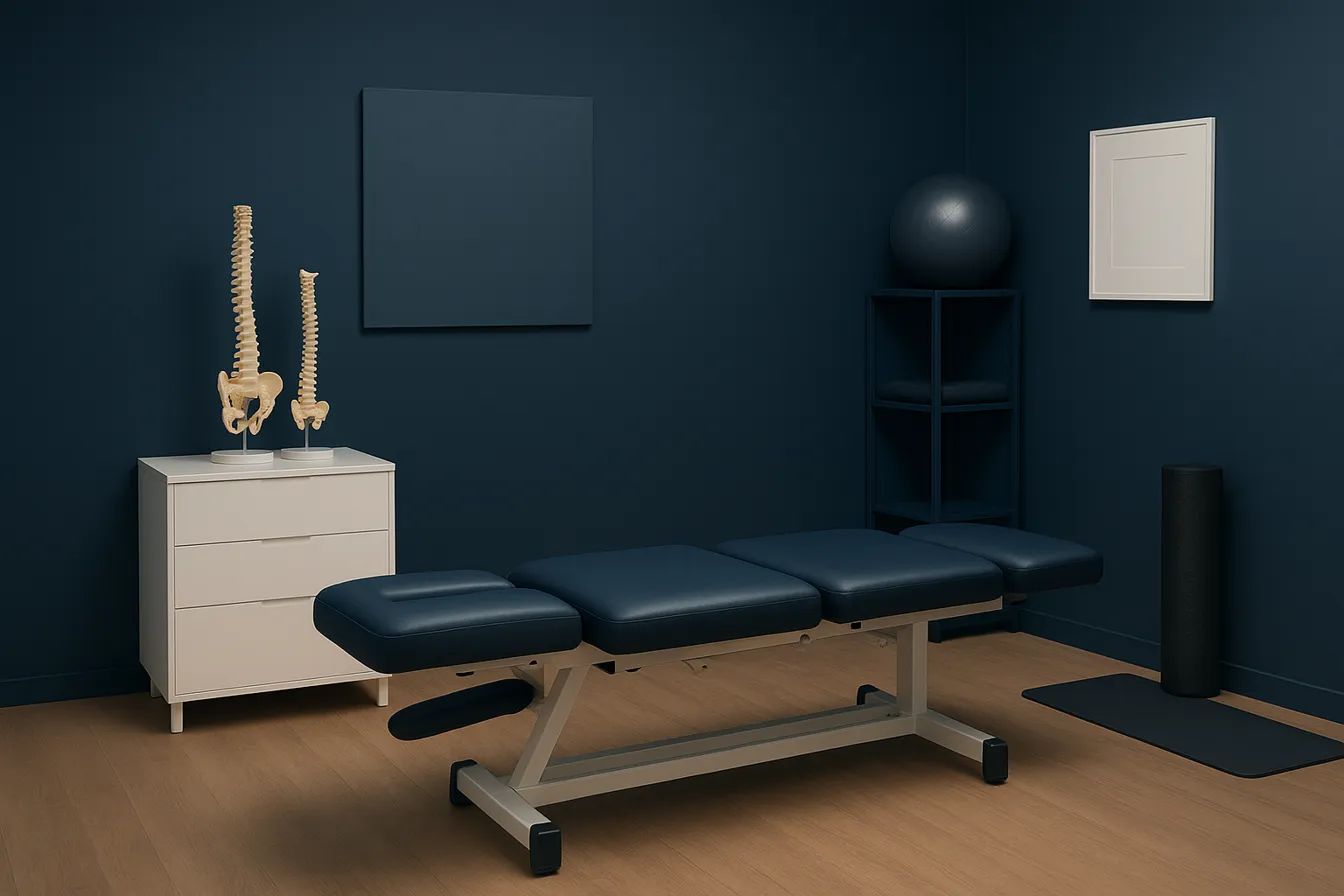
Corrective Exercises That Support Long-Term Relief from Sciatica
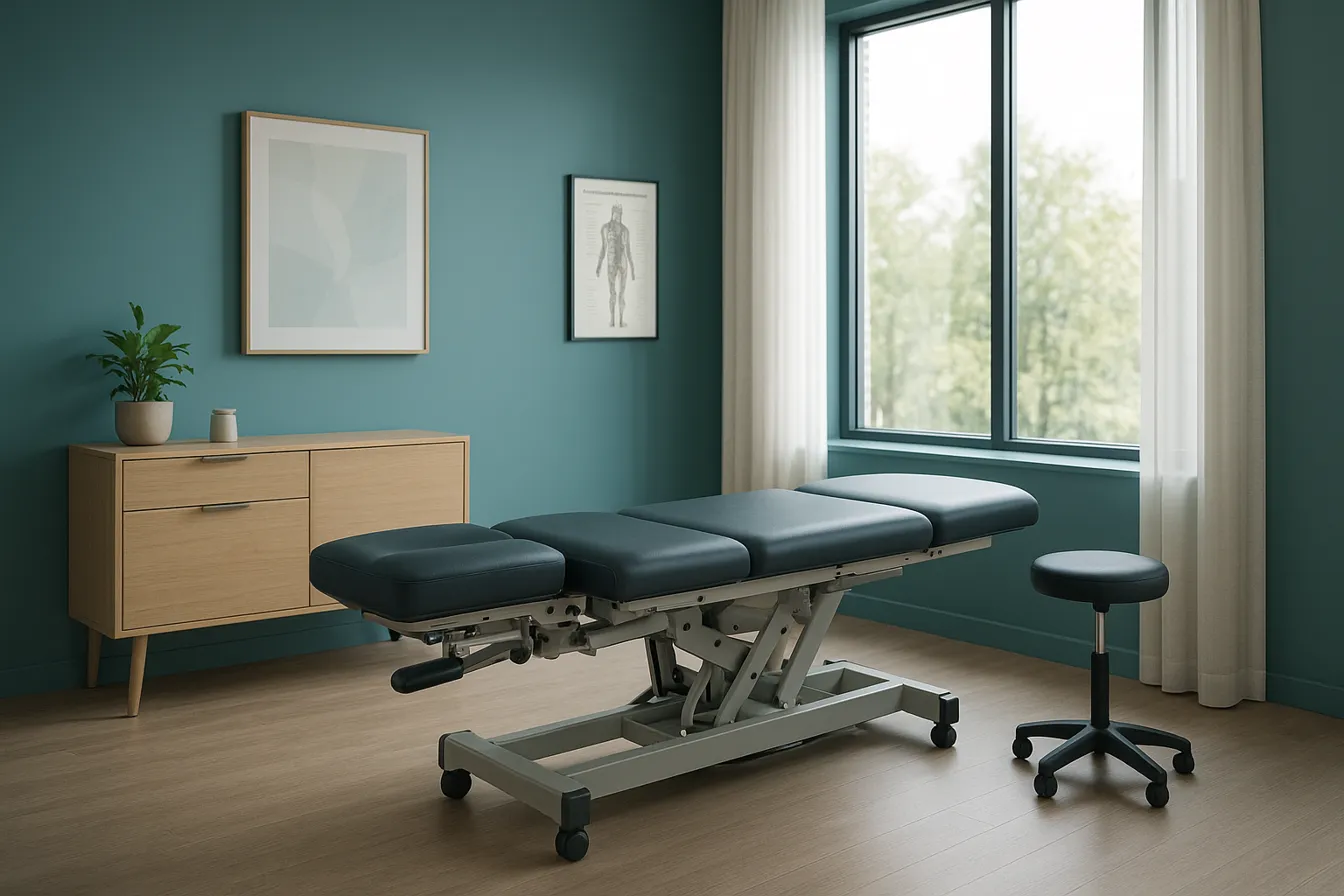
Chiropractic Methods That Provide Lasting Relief from Back Pain
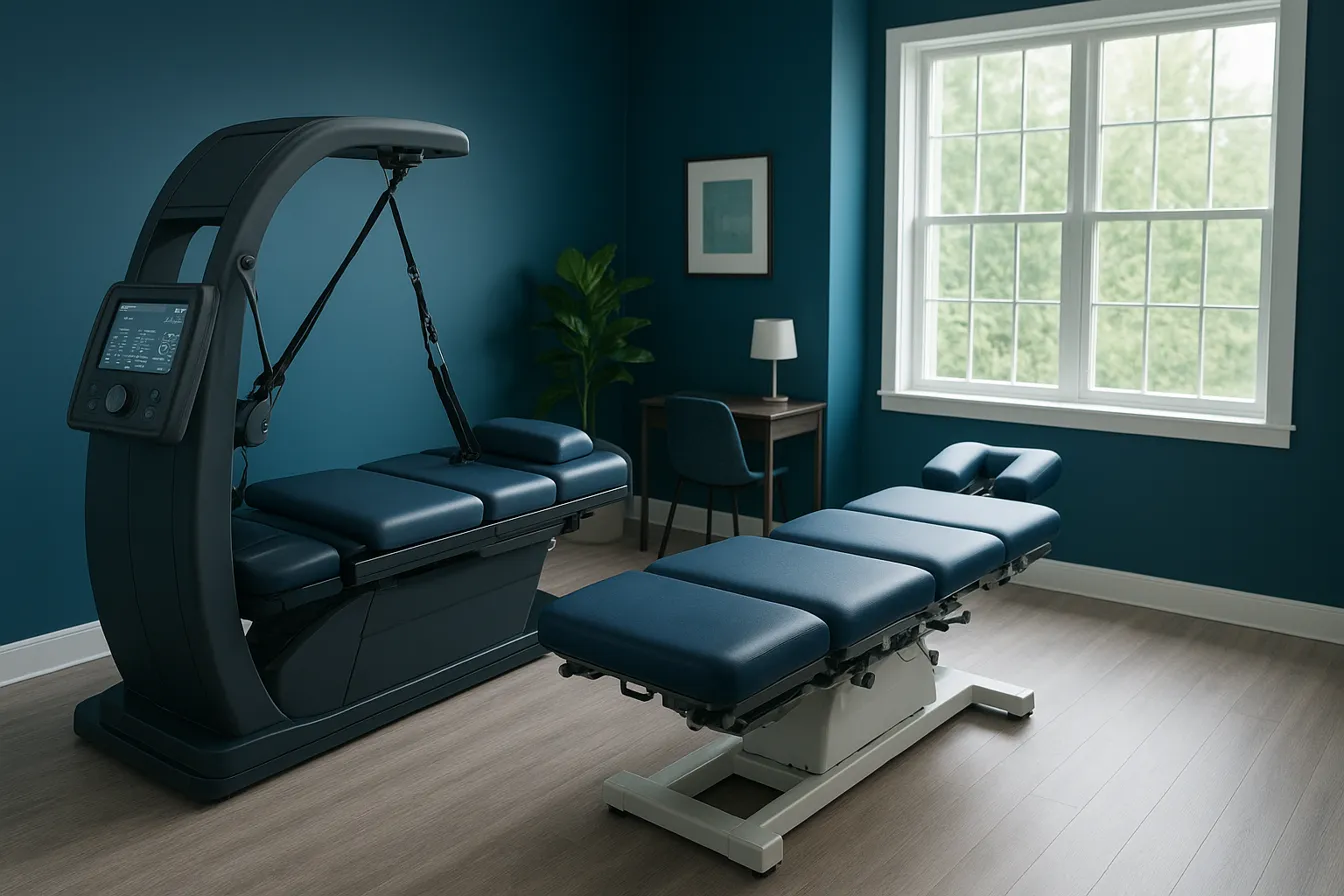
Understanding Spinal Decompression and Its Benefits for Sciatica

Real Patient Testimonials: Success Stories in Chiropractic Care
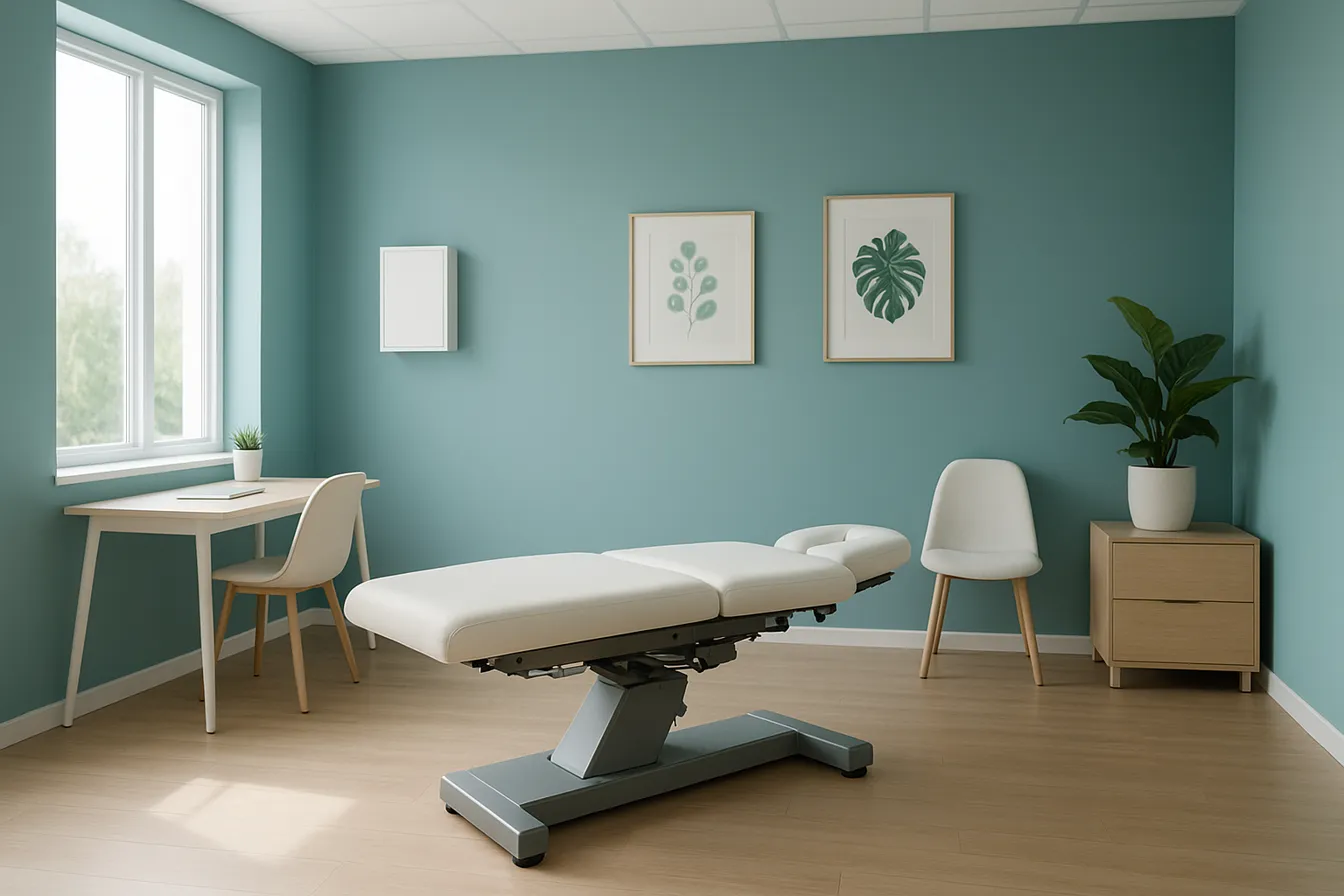
Top Questions to Ask Your Chiropractor During Your Initial Visit
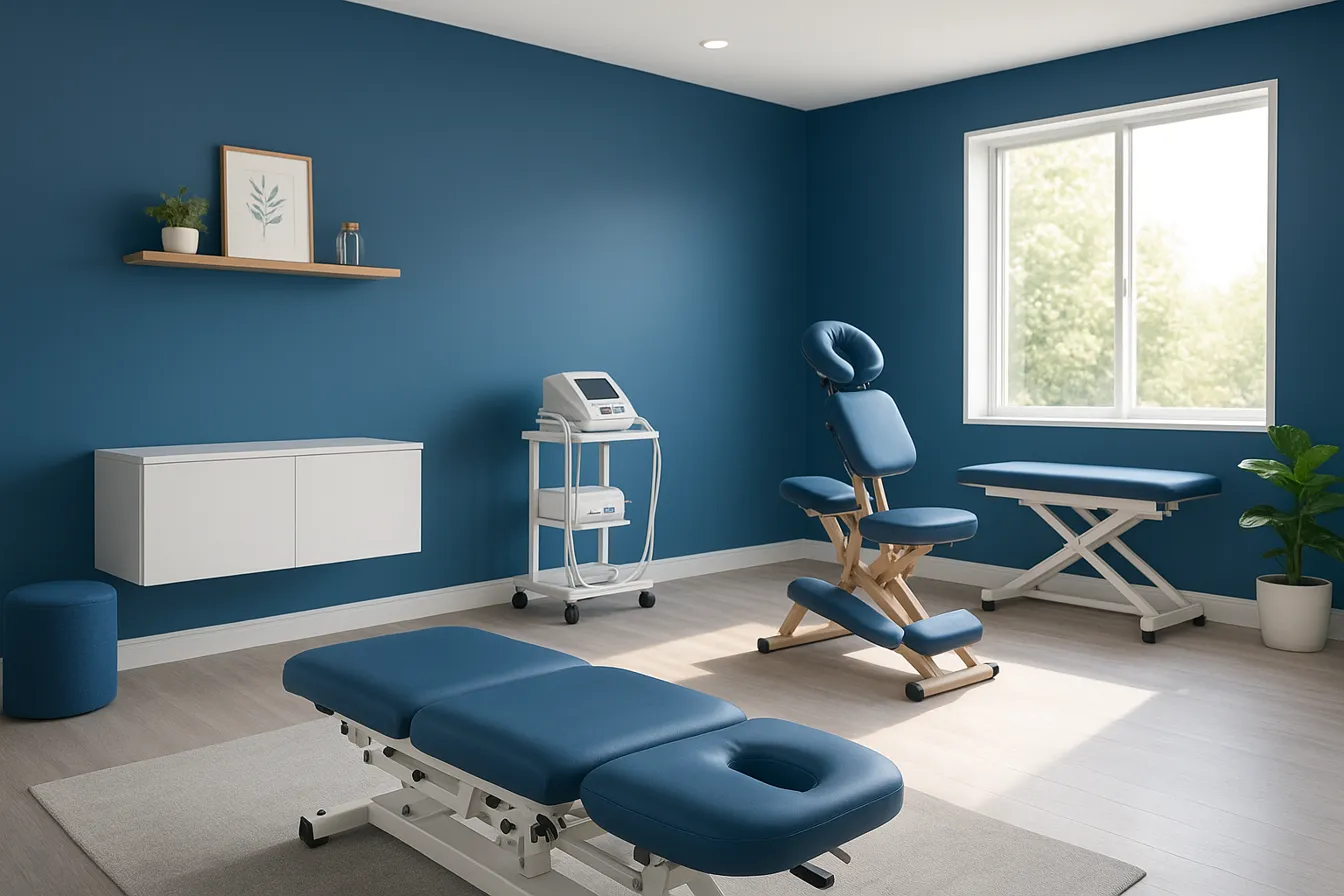
Physiotherapy's Role in Supporting Chiropractic Treatment Plans

The Role of Diet and Nutrition in Enhancing Wellness and Chiropractic Care

Inspiring Patient Testimonials Highlighting Chiropractic Success
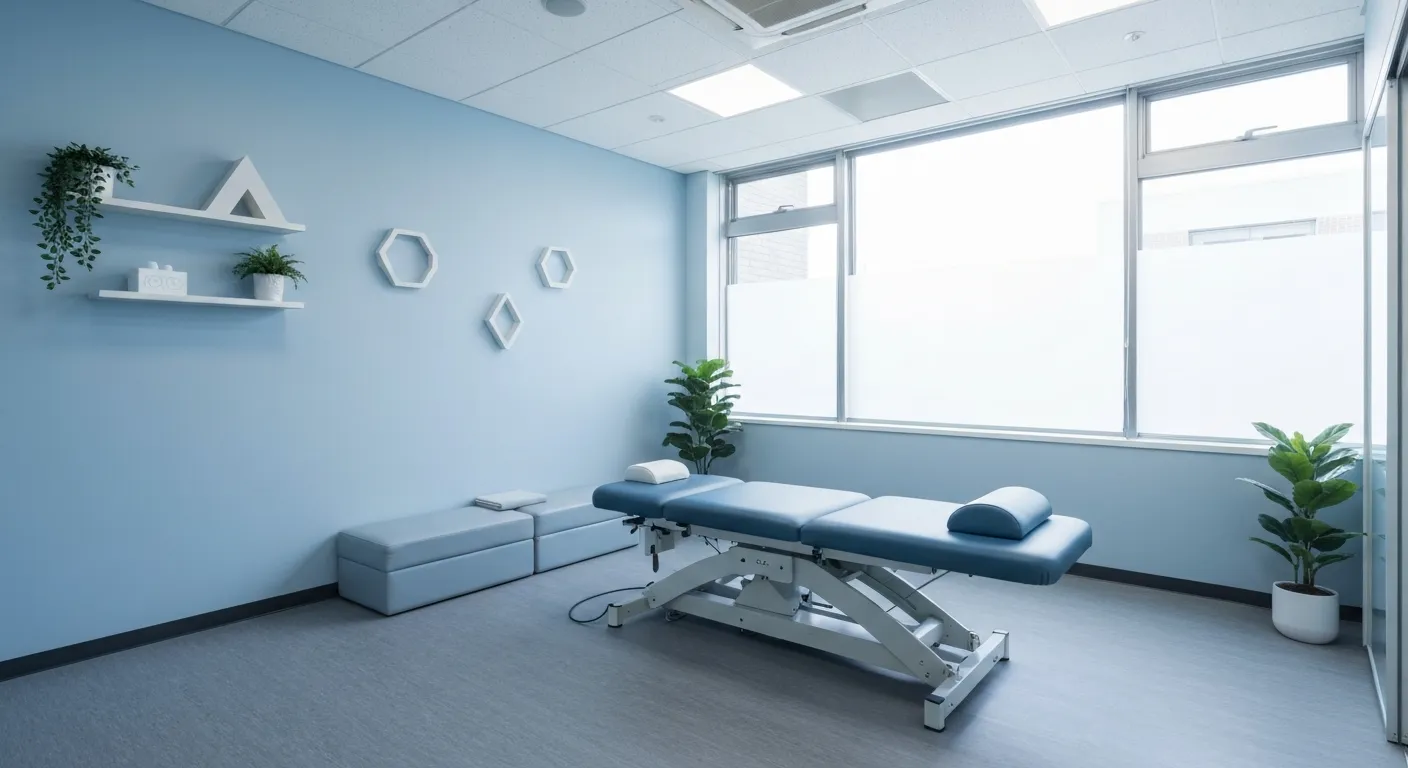
Chiropractic Care: A Natural Solution for Back Pain Relief
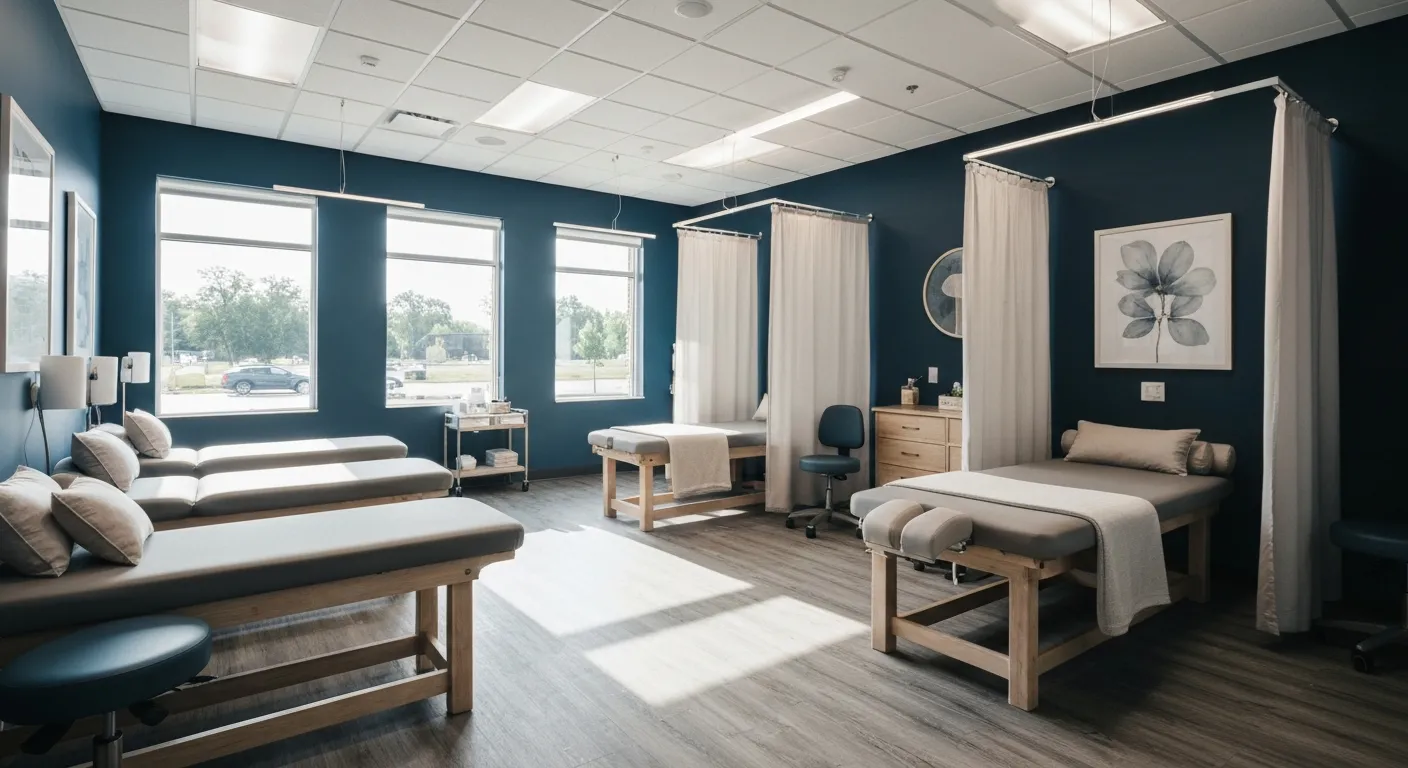
Amazing Patient Success Stories in Chiropractic Wellness

Combining Physiotherapy and Chiropractic for Optimal Healing
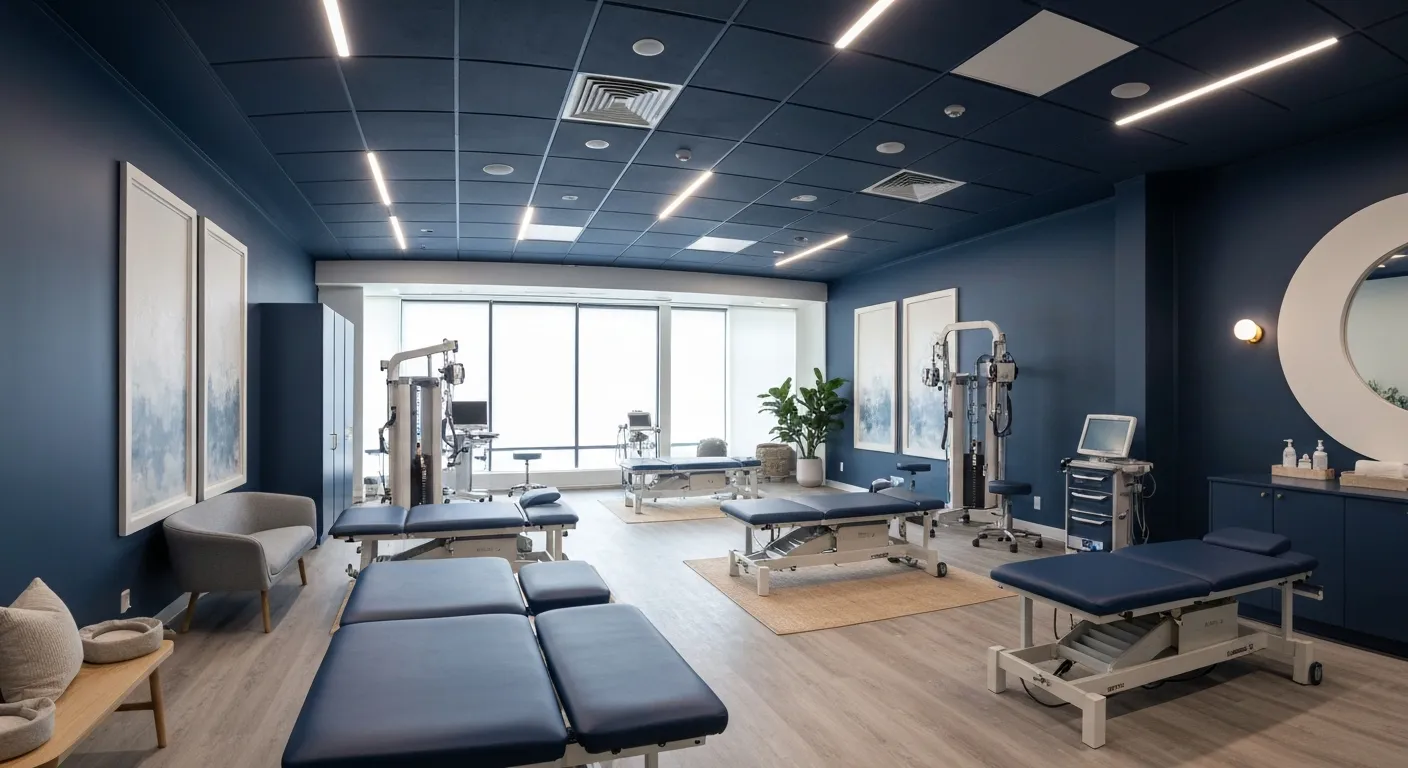
Spinal Decompression Therapy: A Breakthrough for Sciatica Sufferers

5 Holistic Treatments That Complement Chiropractic Care
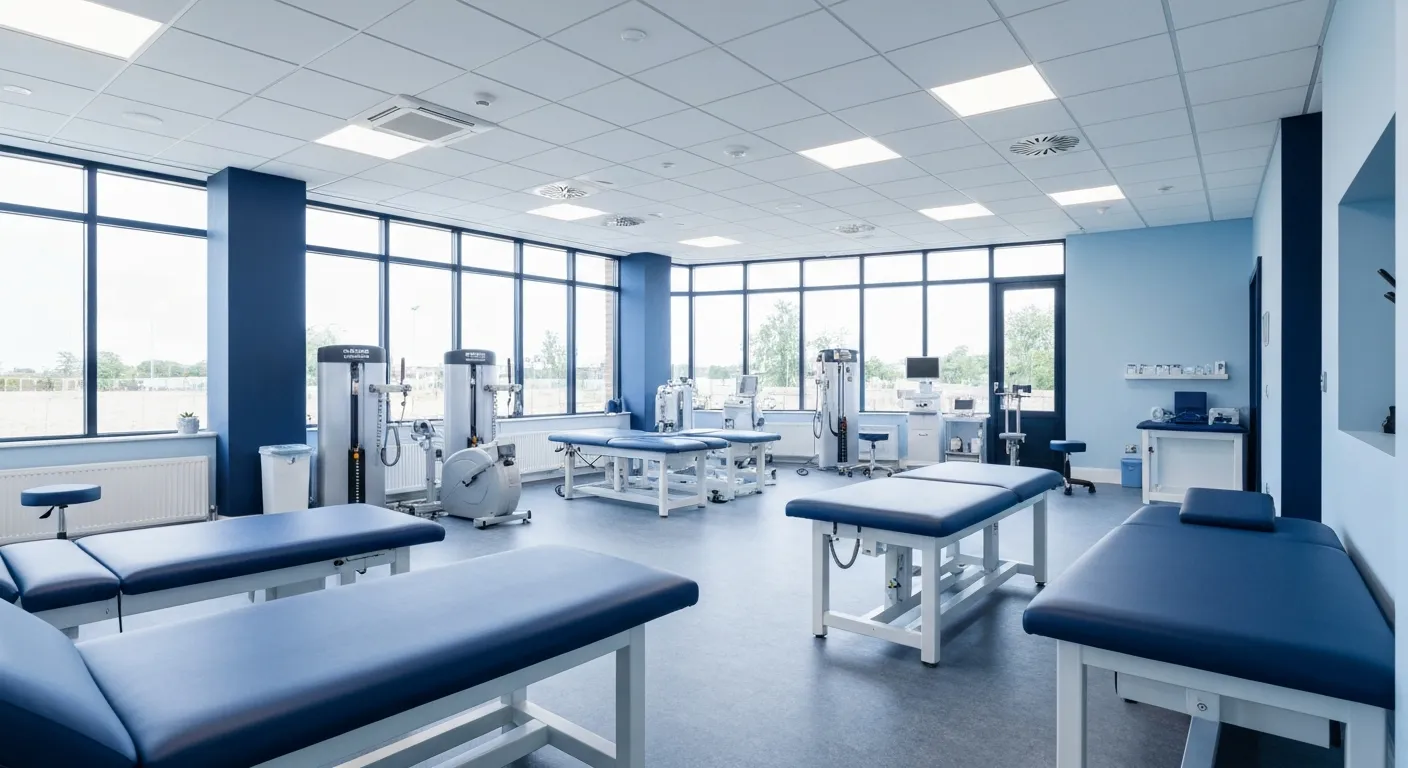
How Physiotherapy Supports and Enhances Chiropractic Treatment
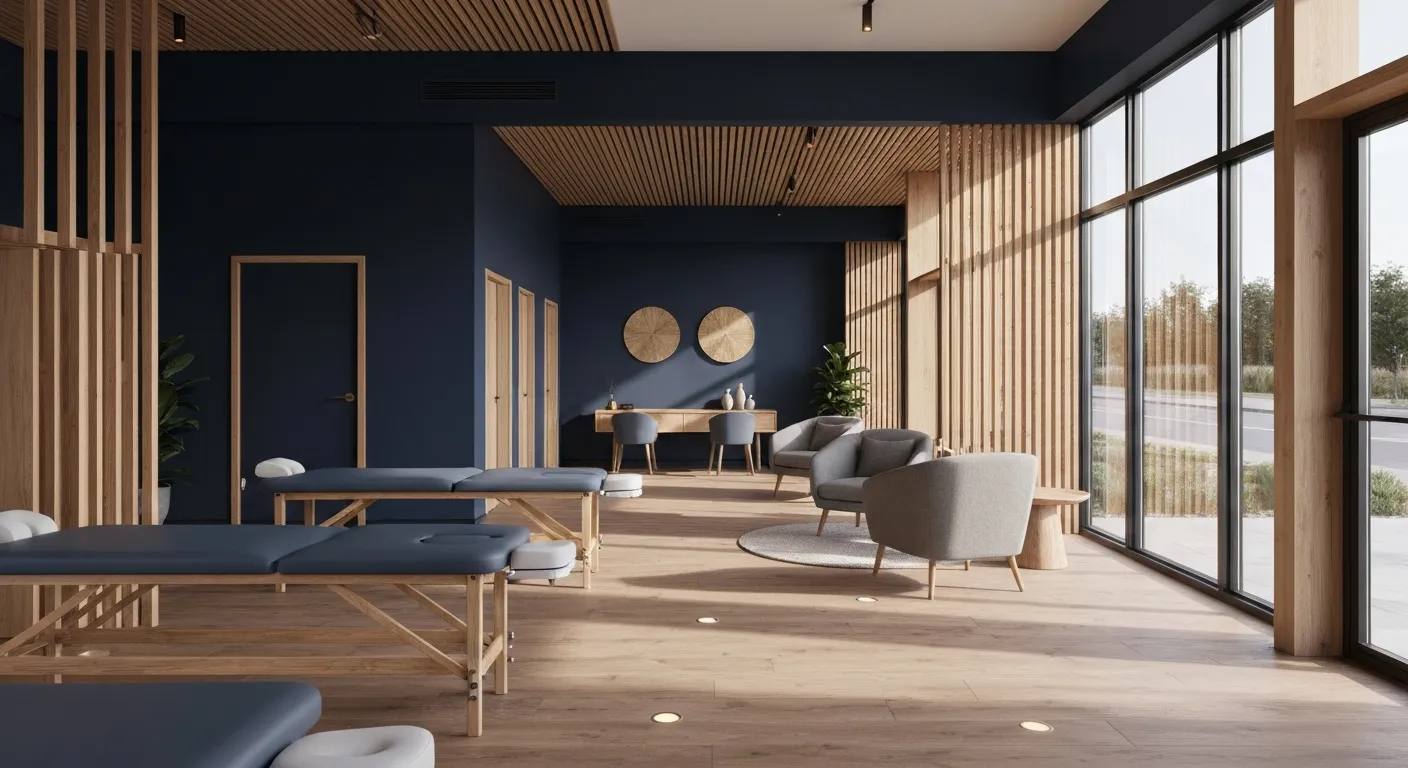
Root Cause Versus Symptom Treatment: Making the Right Choice

7 Essential Things to Know Before Choosing Your Chiropractor
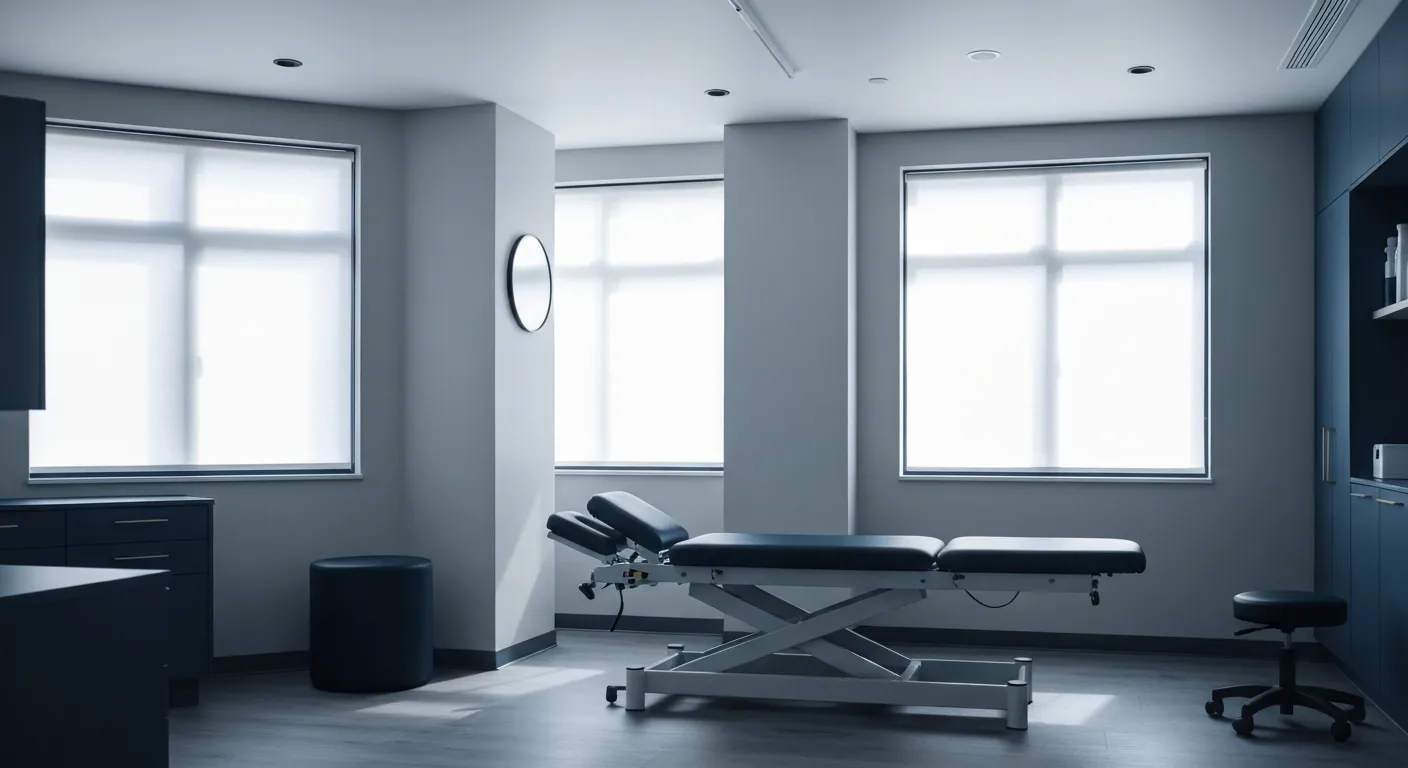
Why Addressing Root Causes of Pain Matters More Than Just Symptoms

Nutritional Counseling Strategies to Boost Your Overall Wellness

How Spinal Decompression Therapy Alleviates Sciatic Nerve Pain
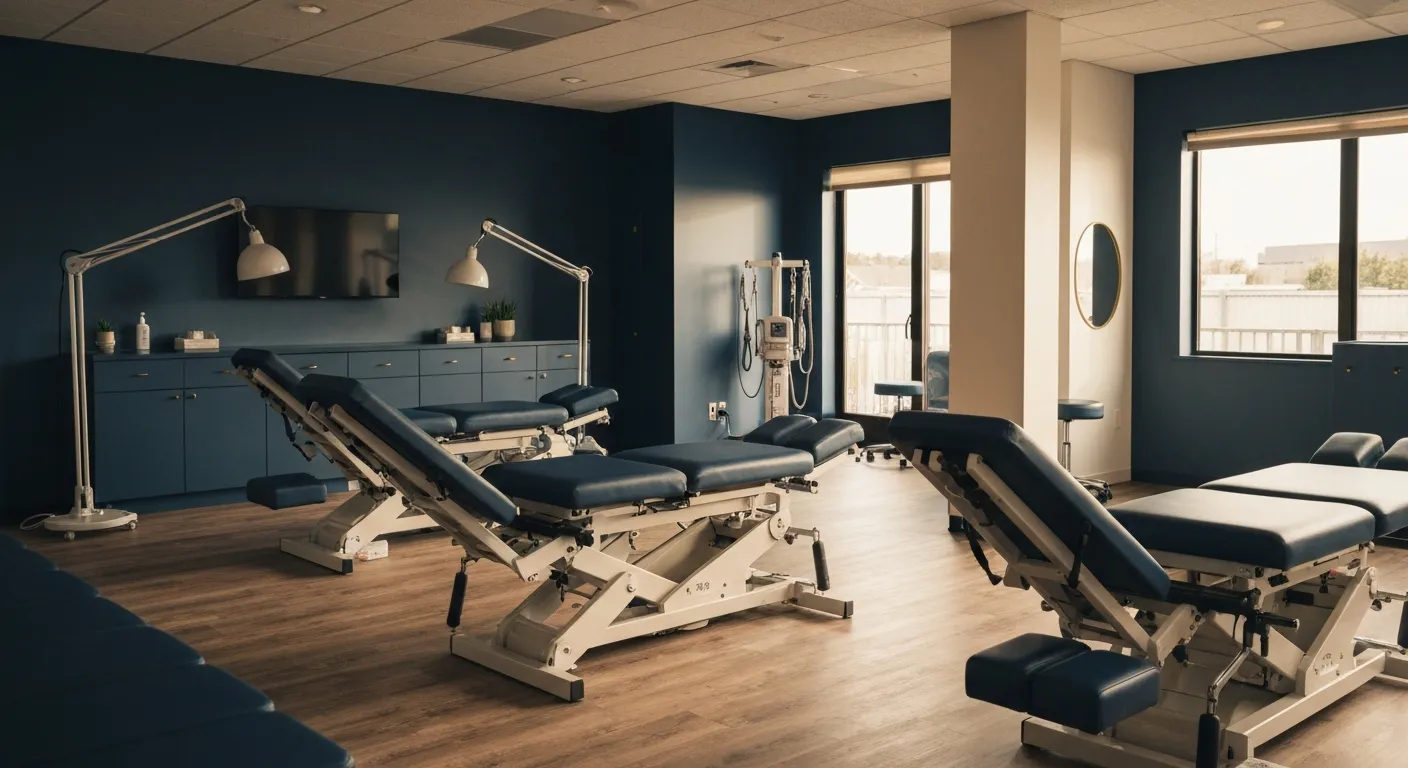
Long-Term Pain Relief Through Targeted Corrective Exercises

10 Benefits of Integrating Physiotherapy with Chiropractic Treatments
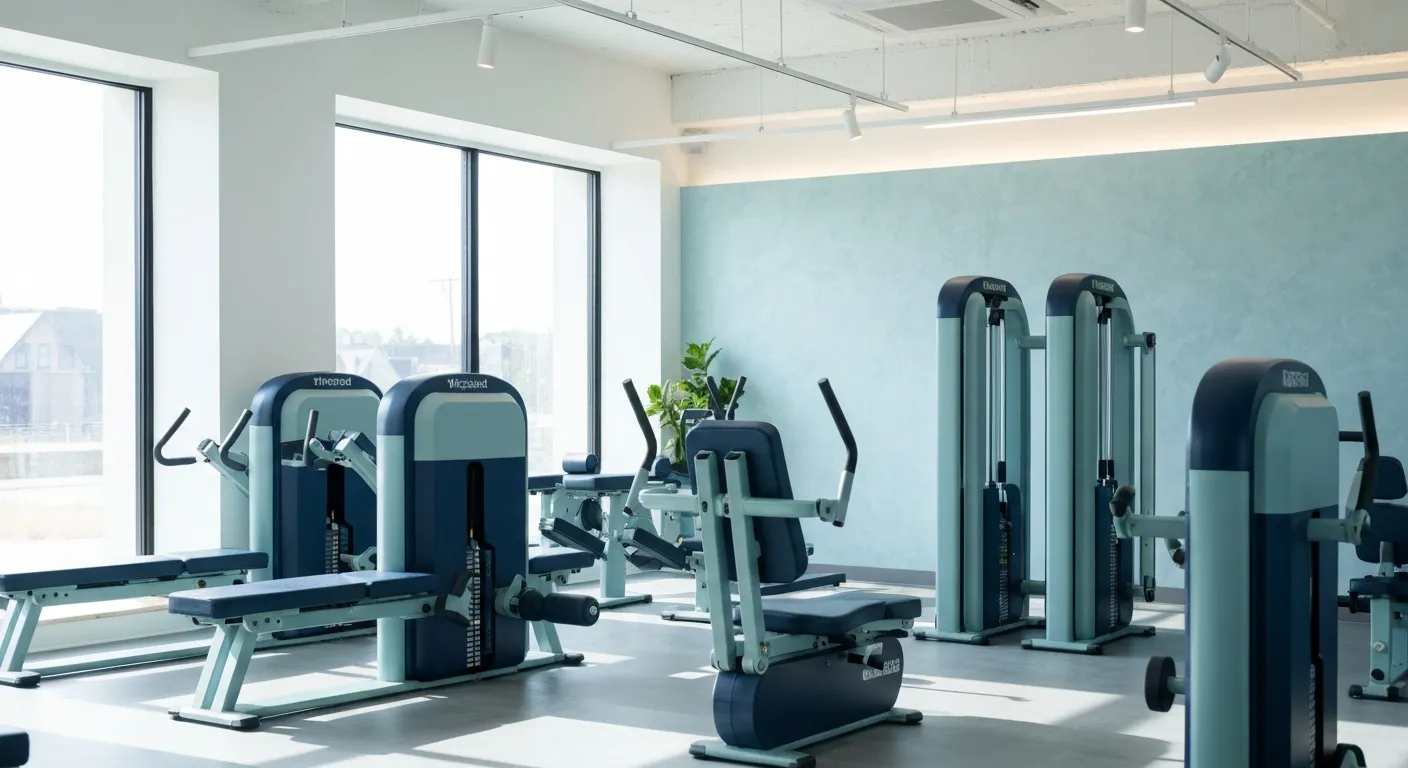
Corrective Exercises That Help Prevent Recurring Pain

8 Corrective Exercises Proven for Lasting Pain Relief

Lifestyle Habits for Maintaining a Healthy Spine

What You Will Experience at Your Initial Chiropractic Visit

What Happens at Your First Visit to a Chiropractor?
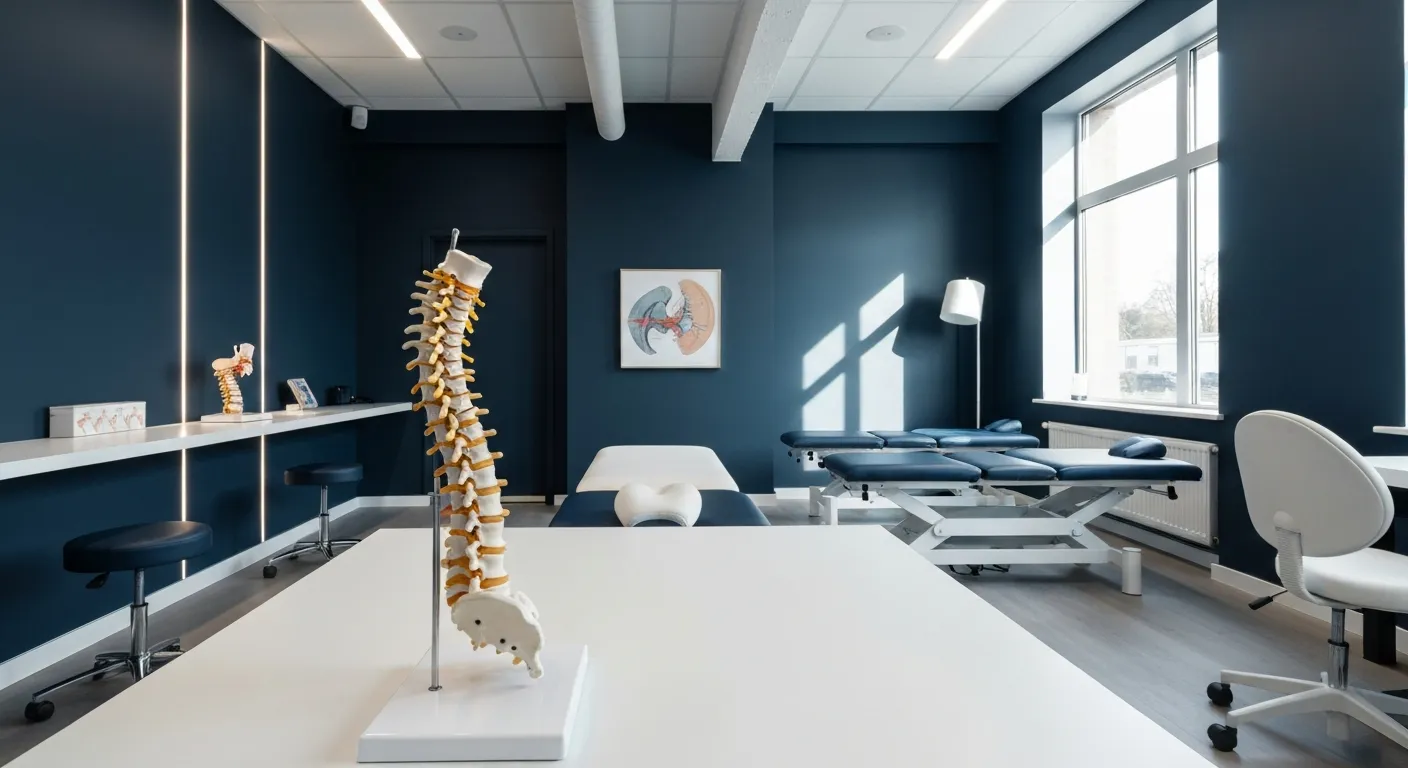
Focusing on Root Cause Analysis for Effective Pain Relief
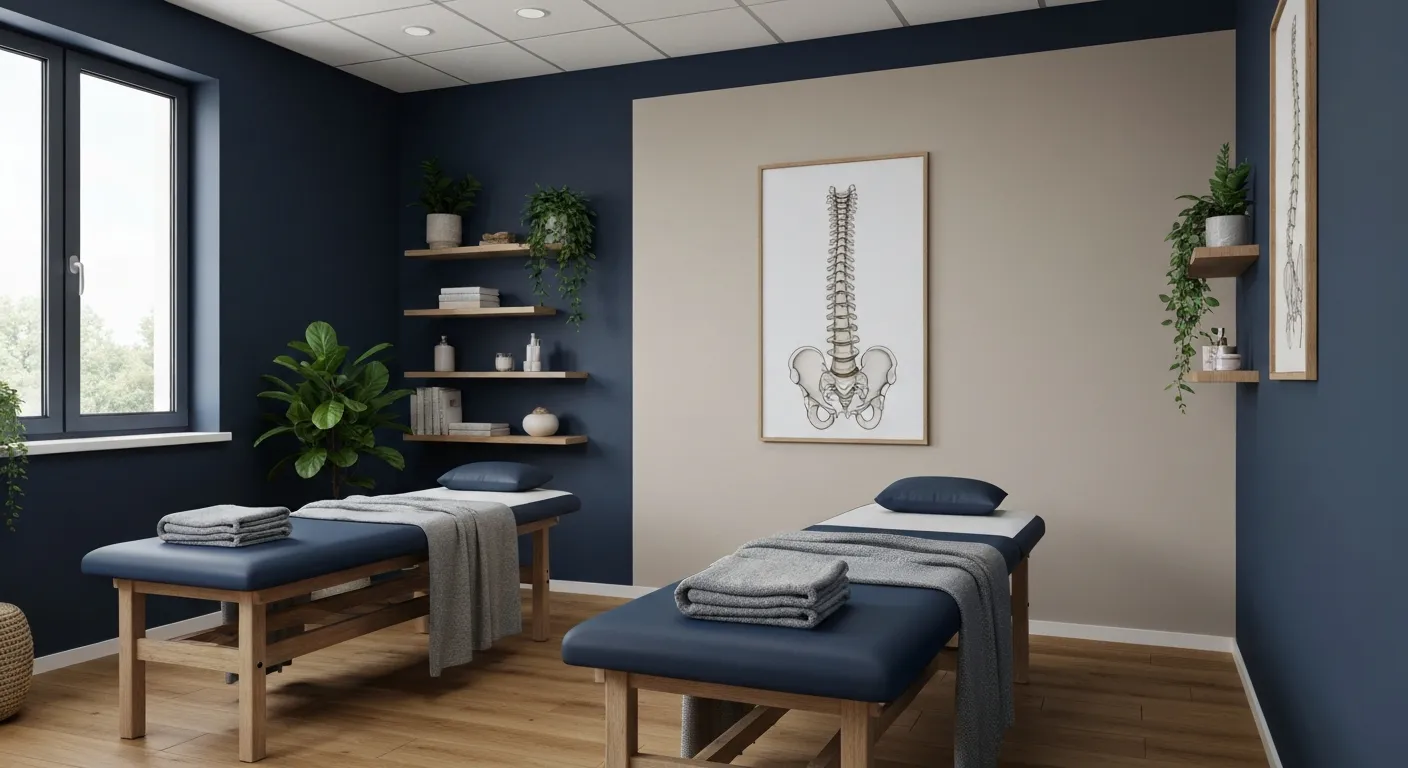
Tips for Lifestyle Changes to Support Spinal Health

Tips for Lifestyle Changes to Support Spinal Health

Holistic Treatment Plans: Alternatives to Surgery for Chronic Pain

Enhance Wellness Through Personalized Nutritional Counseling

Non-Invasive Pain Relief: Exploring Holistic Treatment Alternatives

Sciatica Relief Through Targeted Spinal Decompression

Integrating Physiotherapy with Chiropractic Treatments for Better Results
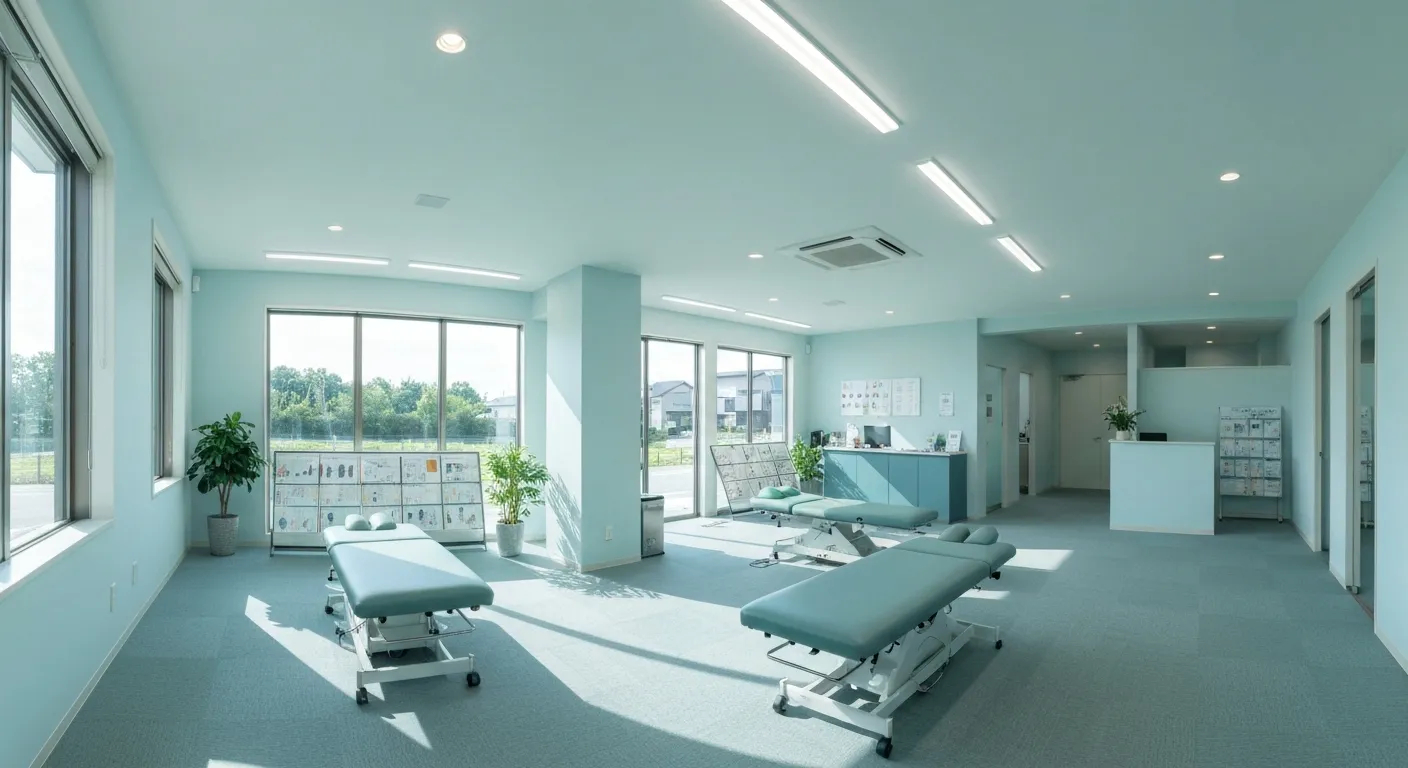
Testimonials That Demonstrate the Benefits of Chiropractic Care
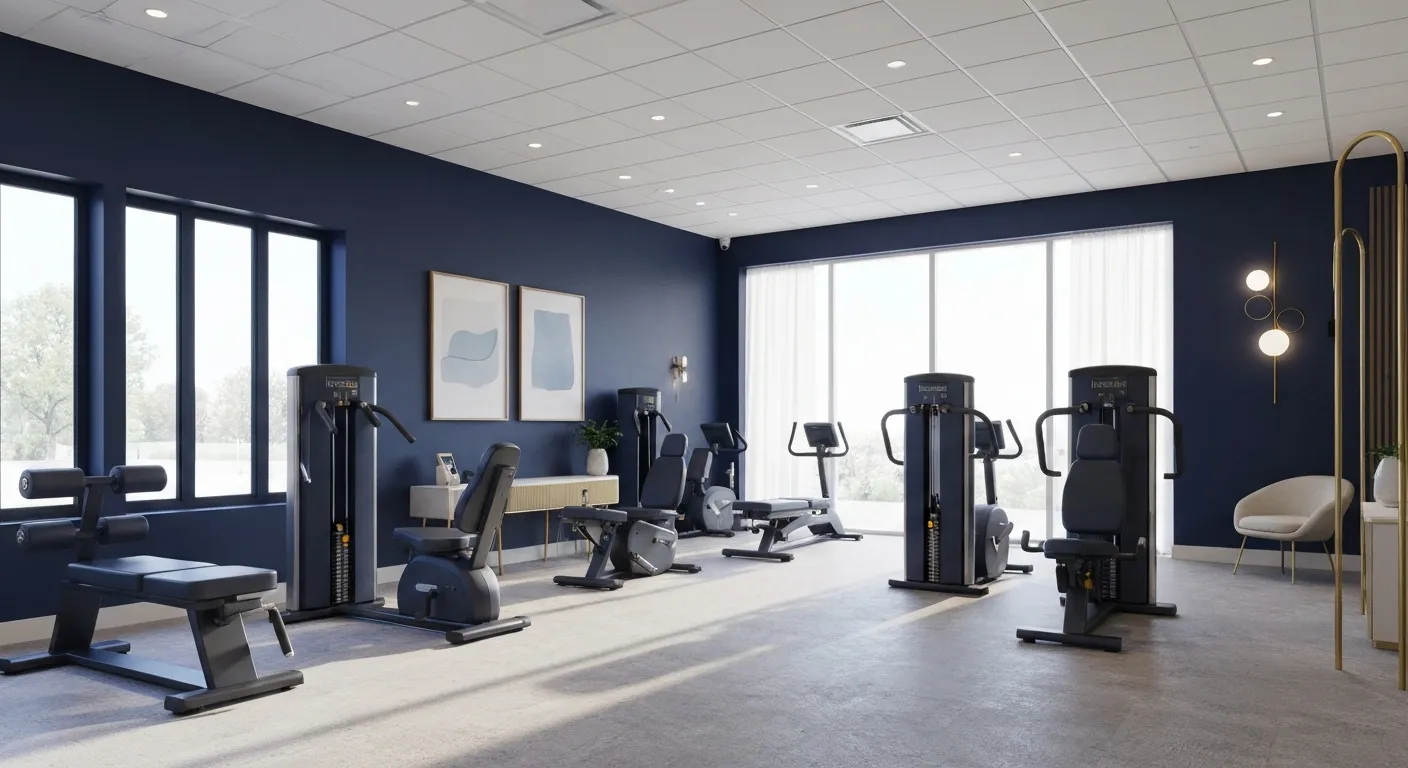
The Power of Corrective Exercises in Pain Management
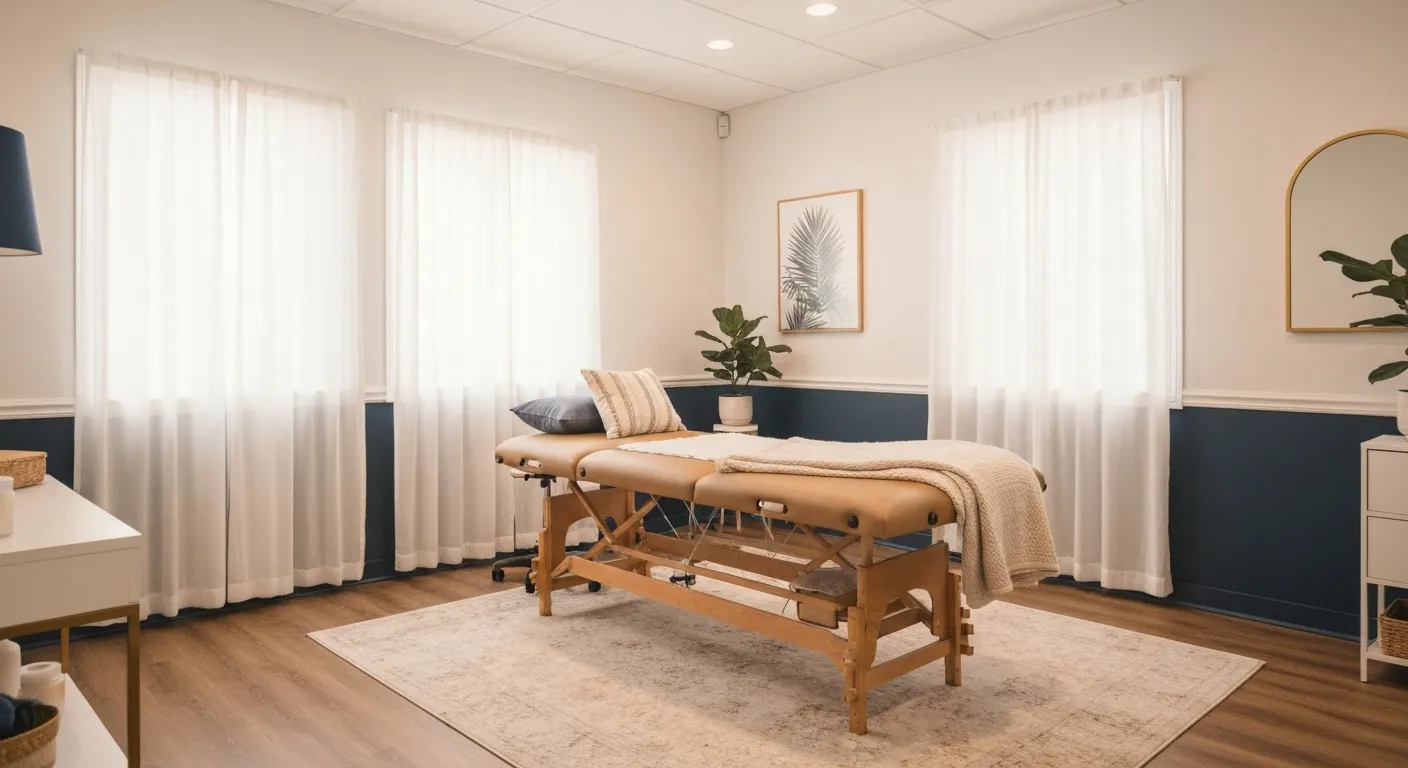
A Step-by-Step Guide to Your Initial Chiropractic Consultation

9 Nutritional Tips to Enhance Your Chiropractic Wellness Journey

Patient Experiences: How Chiropractic Care Changed Their Lives

Lifestyle Recommendations to Keep Your Spine in Top Shape

Effective Corrective Exercises for Long-Term Pain Relief
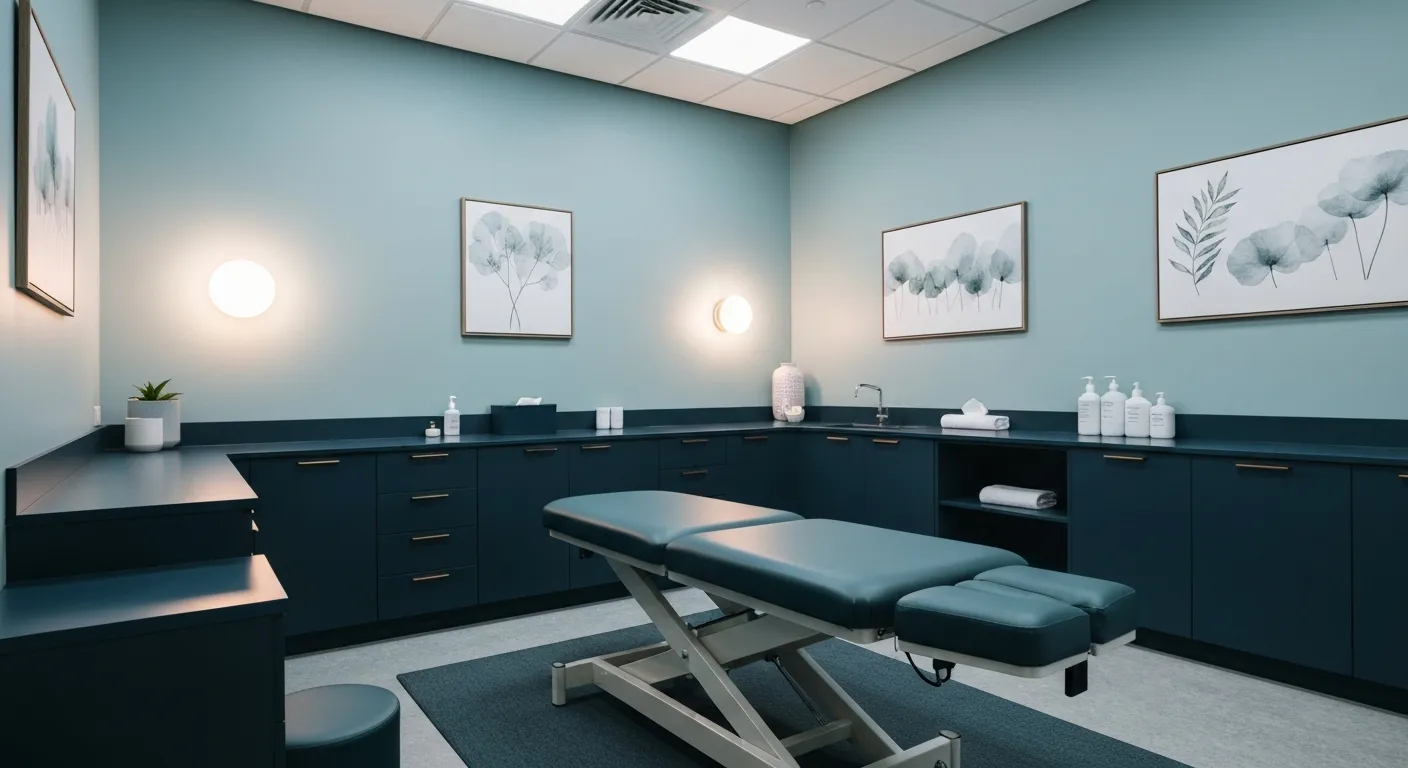
Back Pain Benefits: What Chiropractic Care Can Do for You
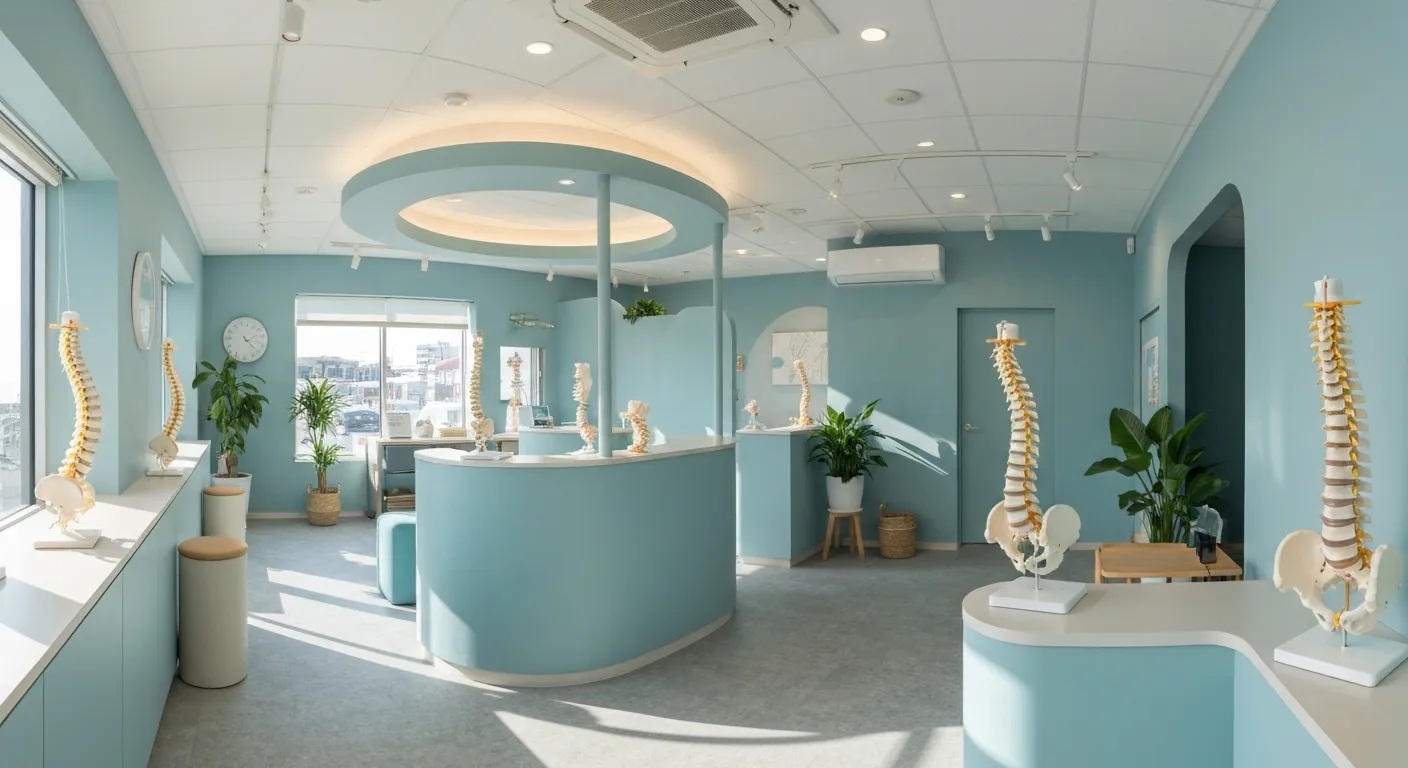
Spinal Decompression Techniques for Effective Sciatica Relief
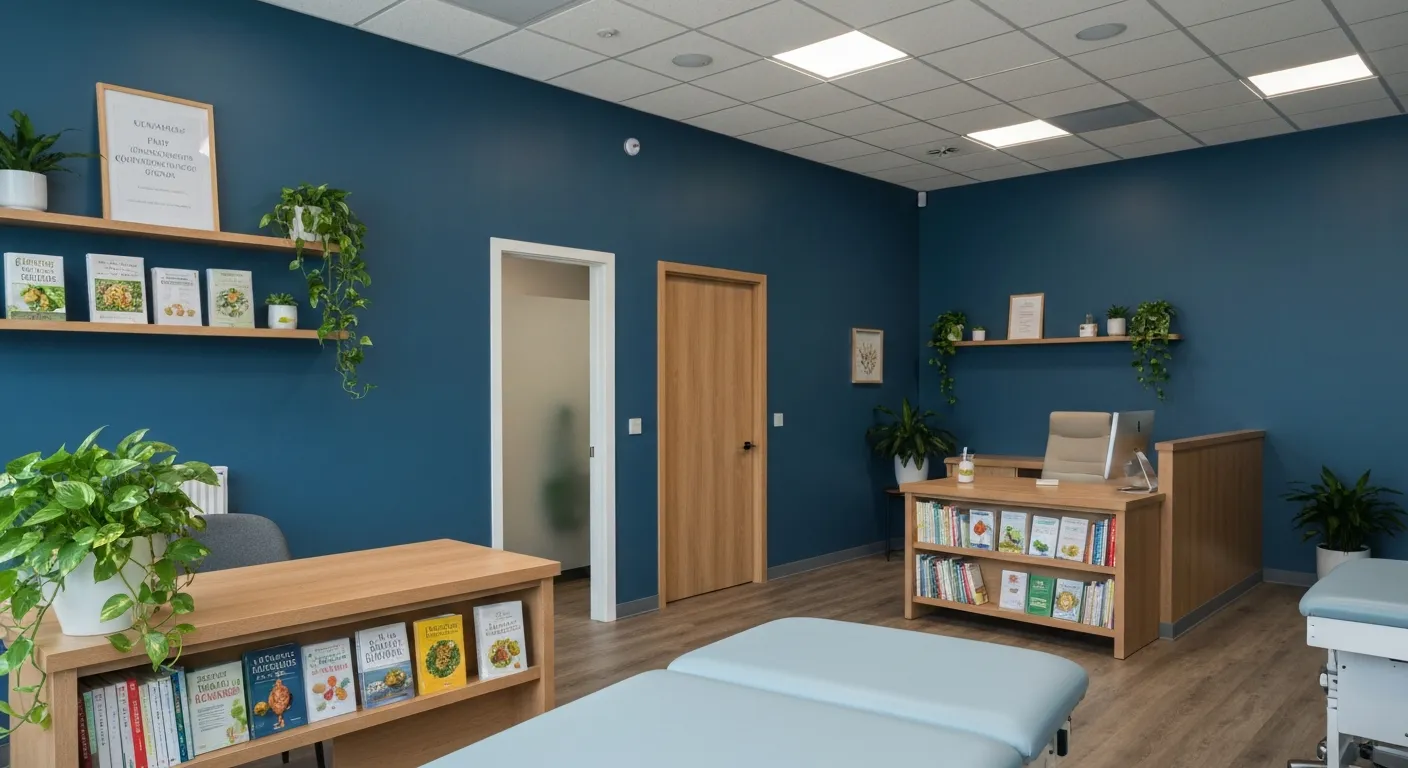
Top Nutritional Counseling Tips for Enhanced Wellness
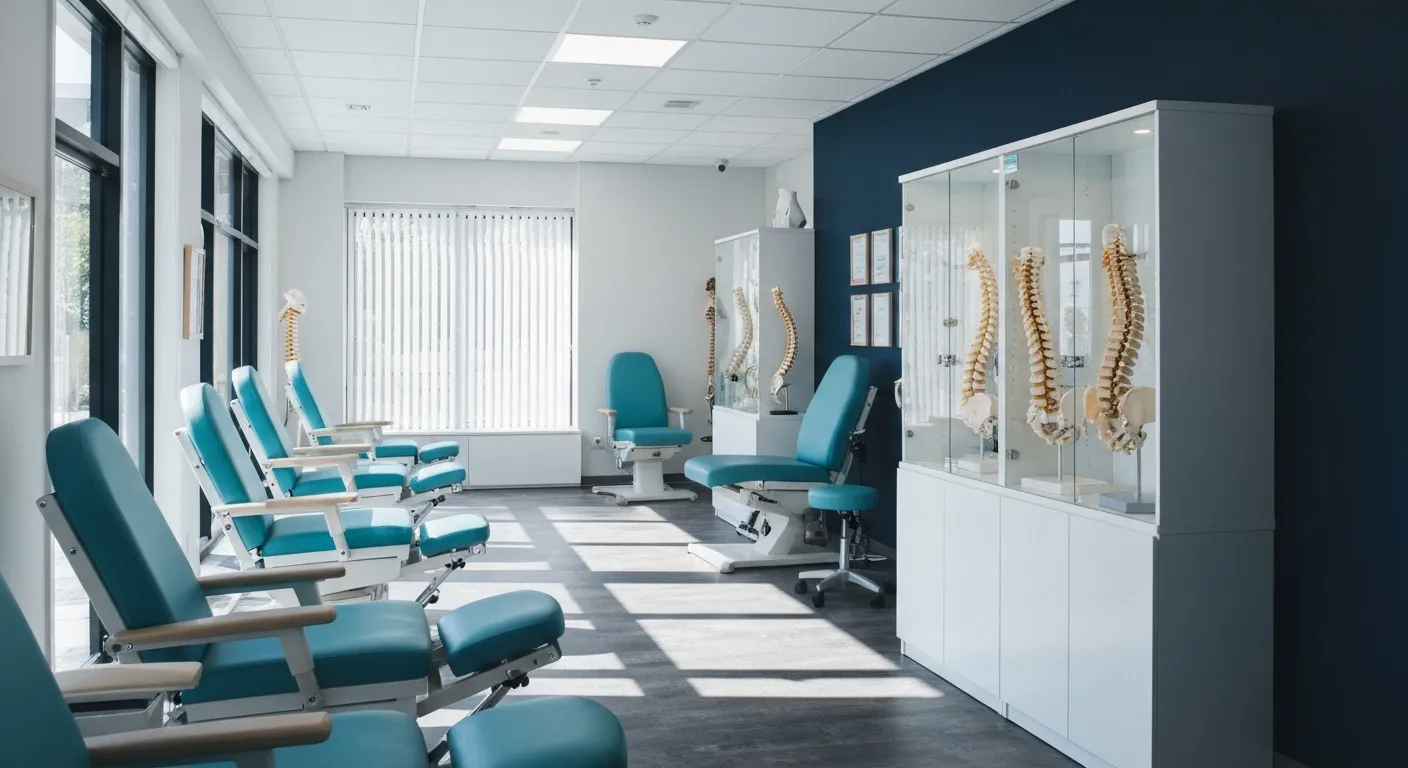
6 Lifestyle Habits That Boost Spine Health Daily
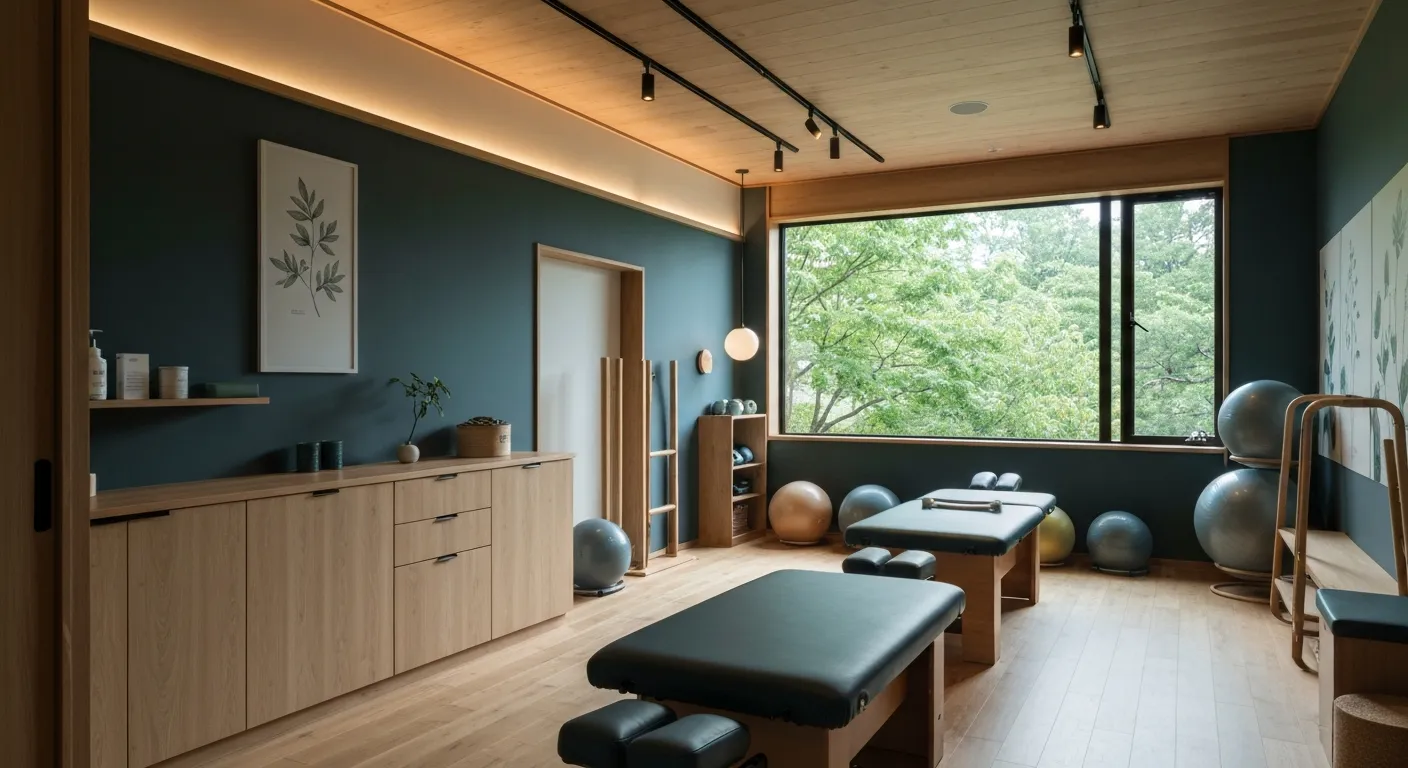
Discover Holistic and Non-Surgical Pain Relief Solutions

Exploring Holistic and Non-Surgical Treatment Options for Pain
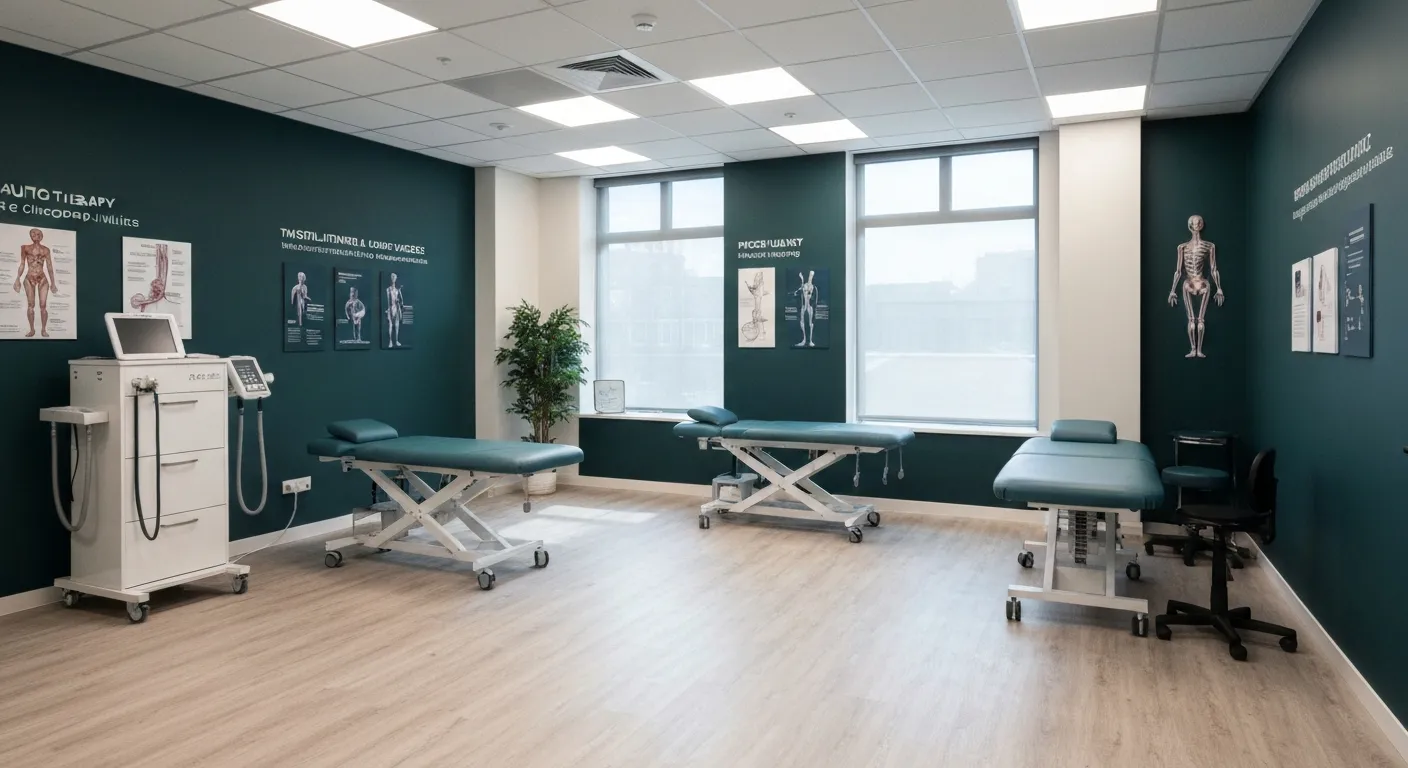
The Role of Physiotherapy in Enhancing Chiropractic Care Outcomes

Complementing Chiropractic Care with Physiotherapy: What You Need to Know
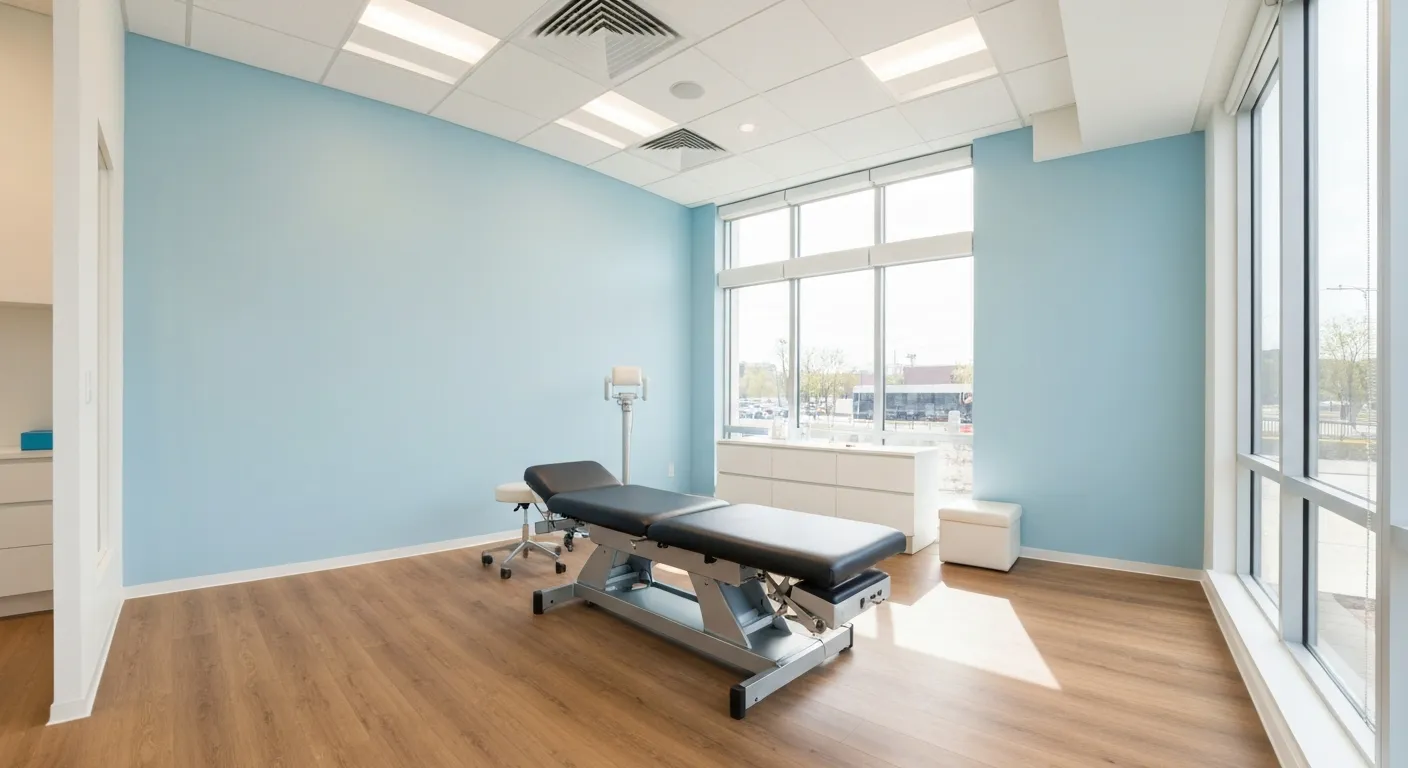
What to Expect During Your First Chiropractic Visit
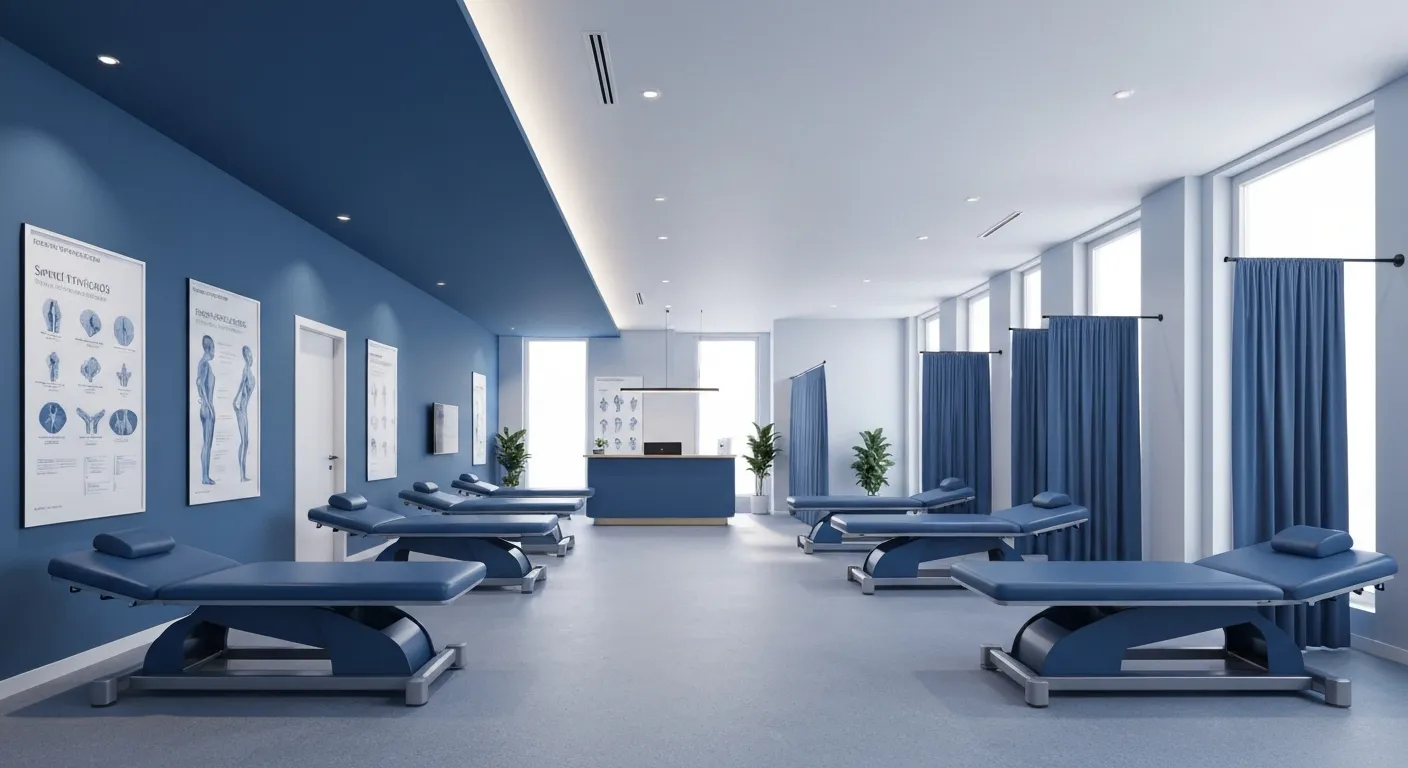
Simple Lifestyle Adjustments to Maintain a Healthy Spine

Personalized Nutritional Counseling for Improved Health Outcomes
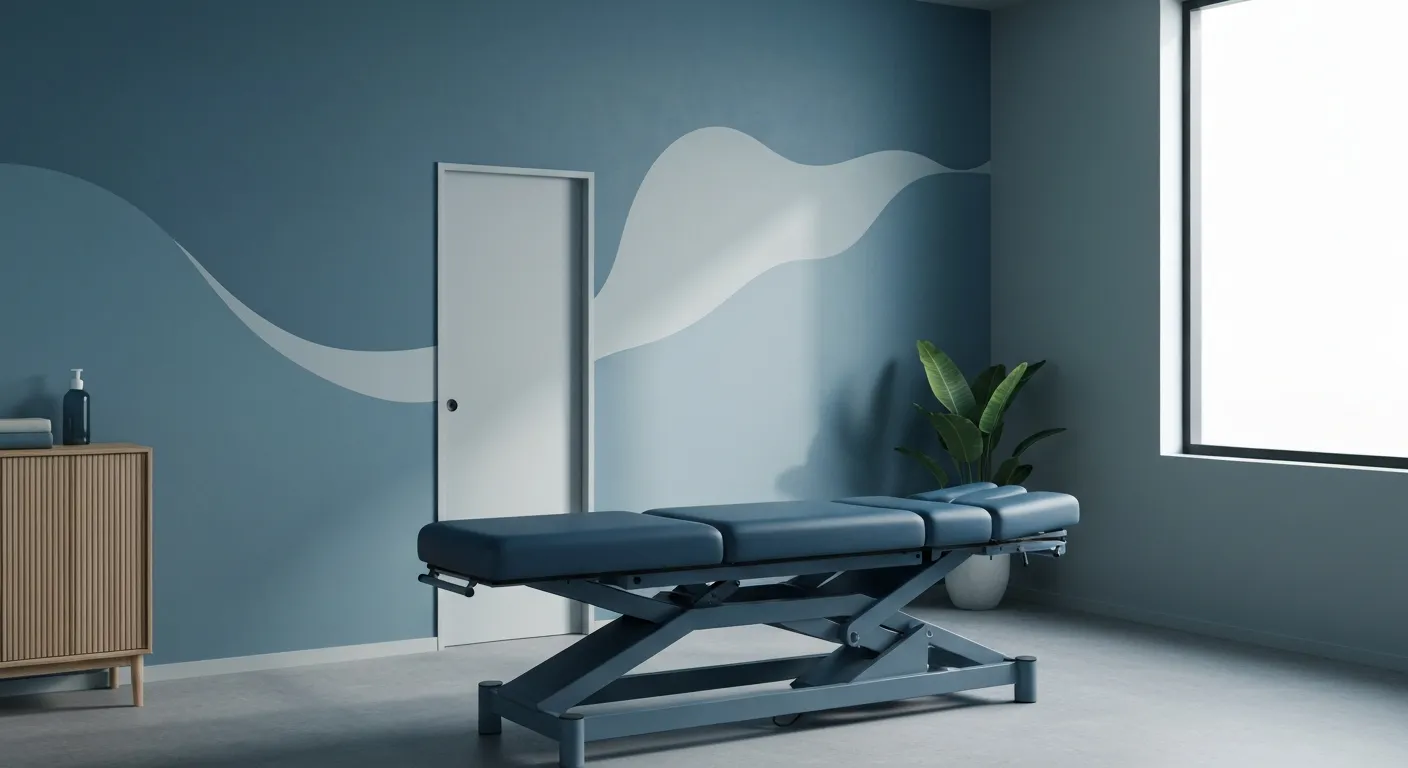
Exploring Non-Surgical Treatments for Spine-Related Conditions
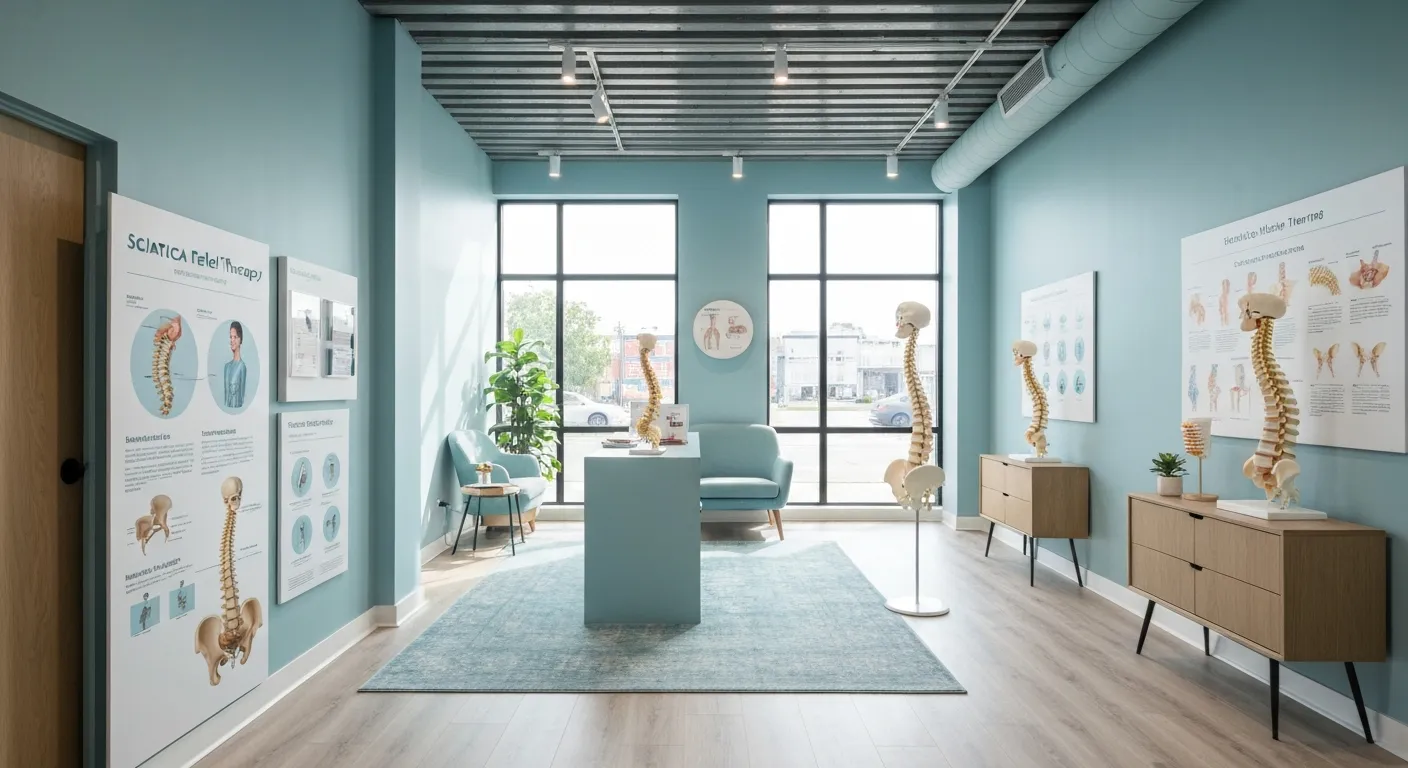
An Introduction to Spinal Decompression for Sciatica Patients
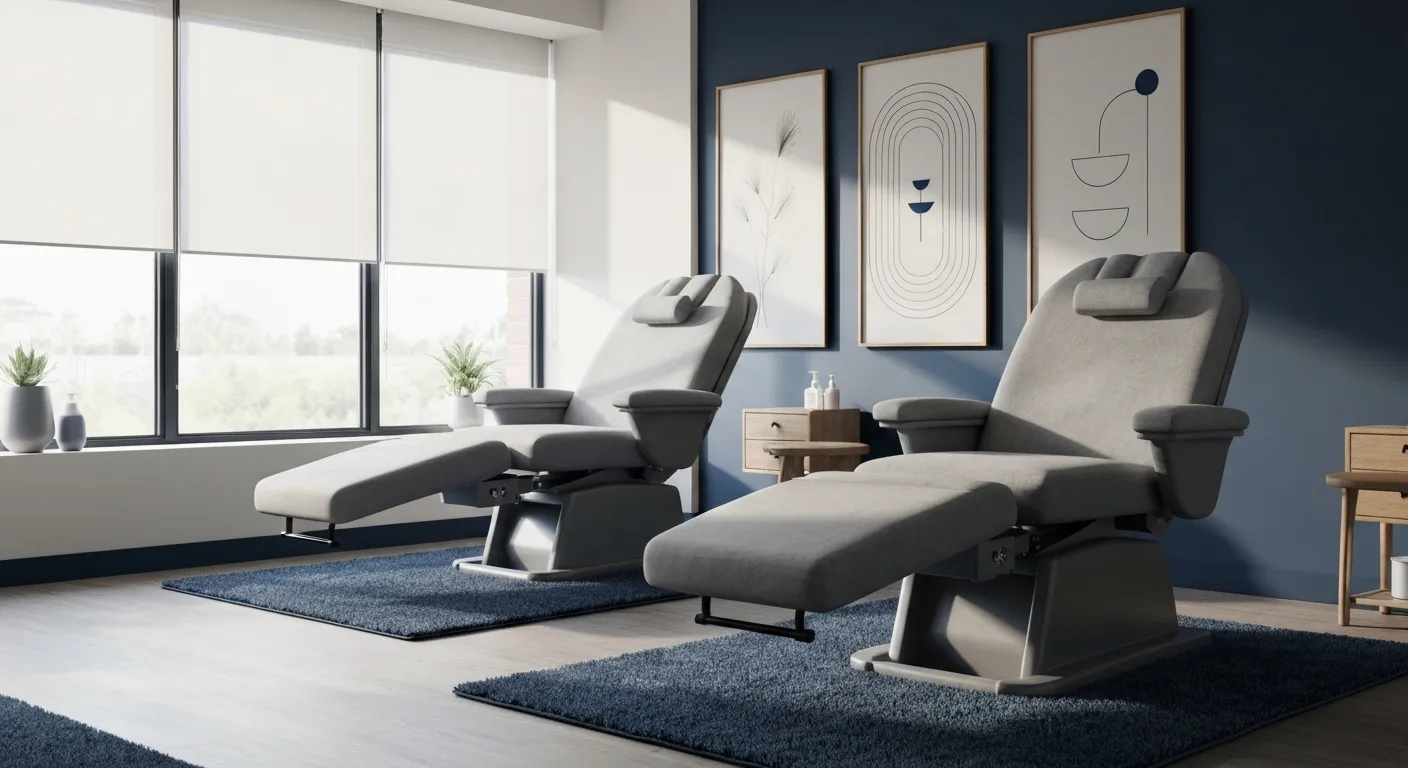
Transformative Success Stories: Patient Experiences with Chiropractic Treatments
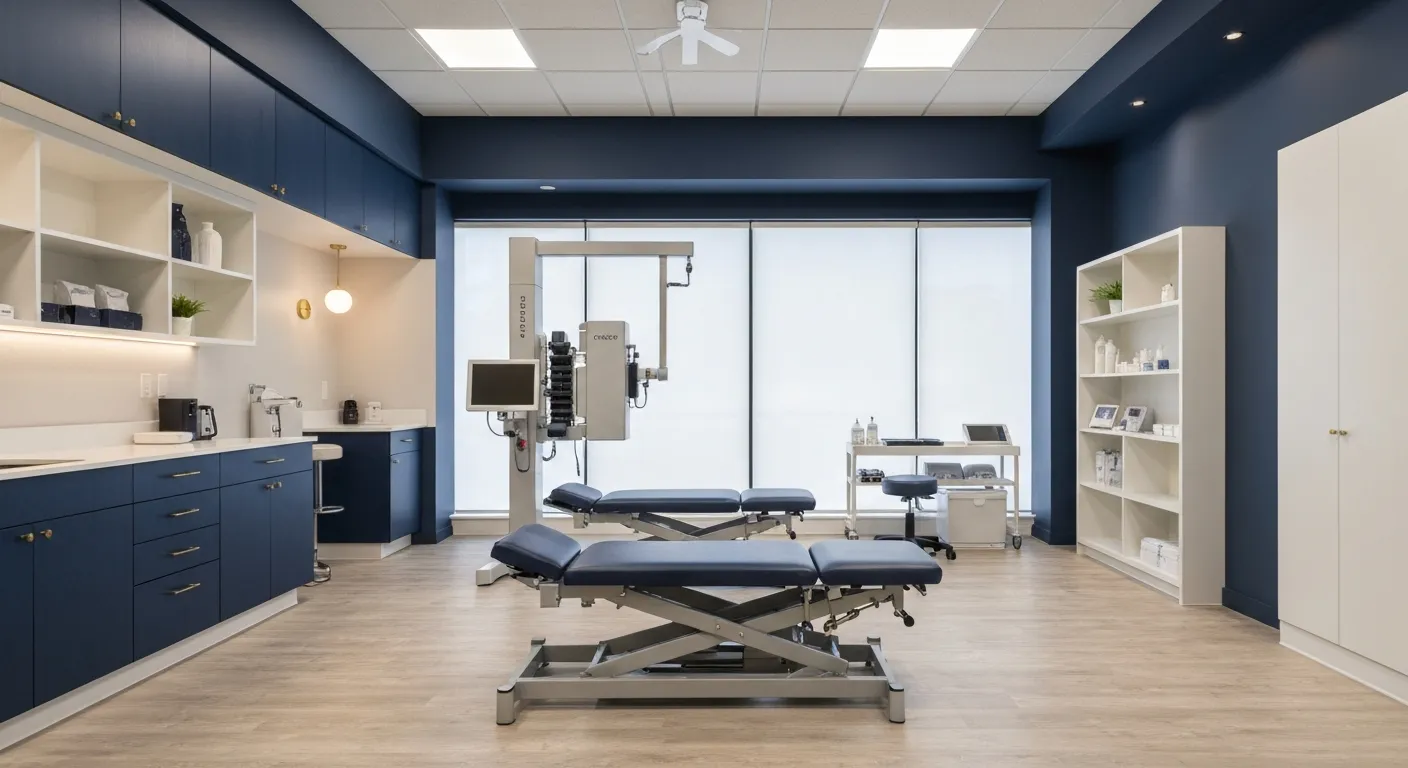
Why Chiropractic Care Is Essential for Back Pain Relief

Addressing Underlying Causes Versus Symptom Management in Pain Care

The Role of Nutrition in Enhancing Chiropractic Treatment Effectiveness

Sciatica Treatment Options: Is Spinal Decompression Right for You?

Lifestyle Tips to Maintain a Healthy Spine and Prevent Back Issues

The Synergy Between Physiotherapy and Chiropractic Treatments
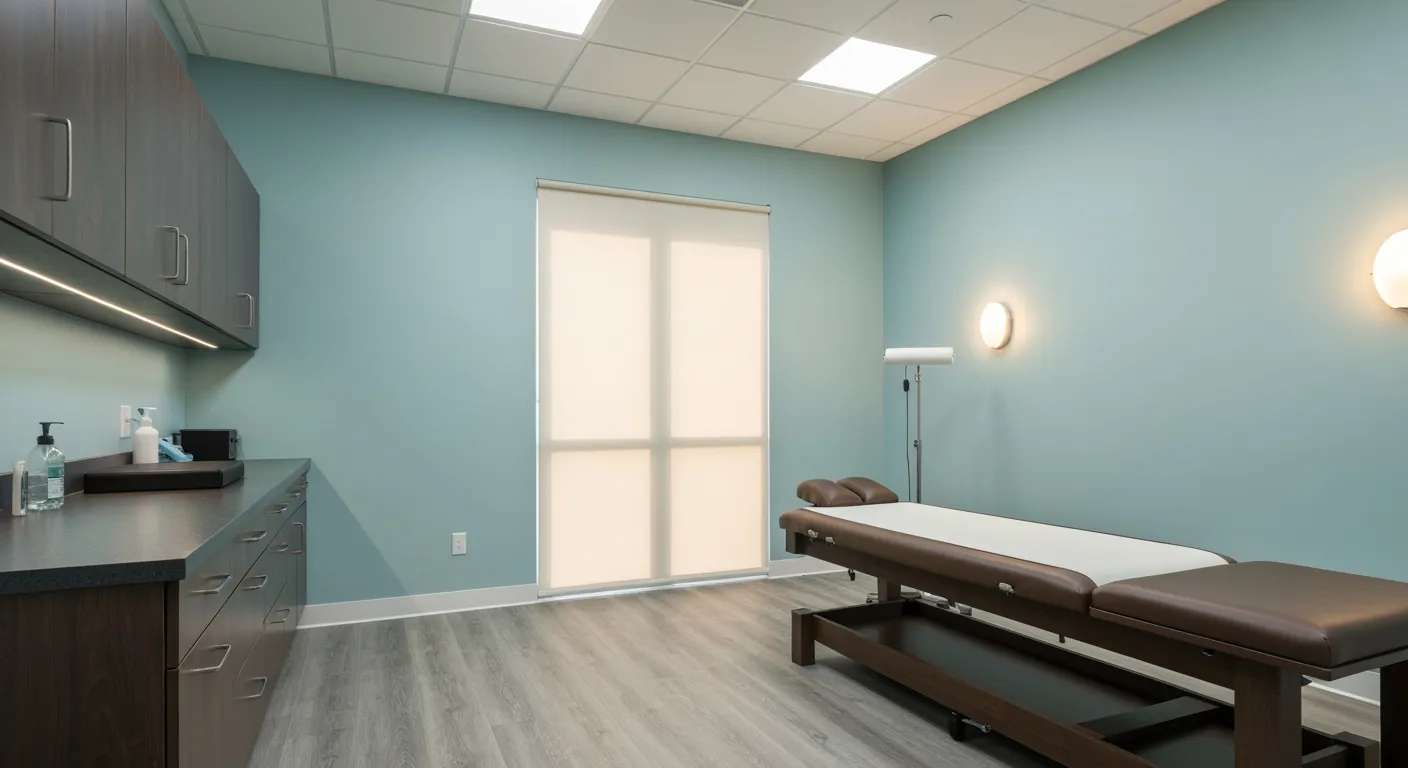
What Happens During Your Initial Chiropractic Consultation
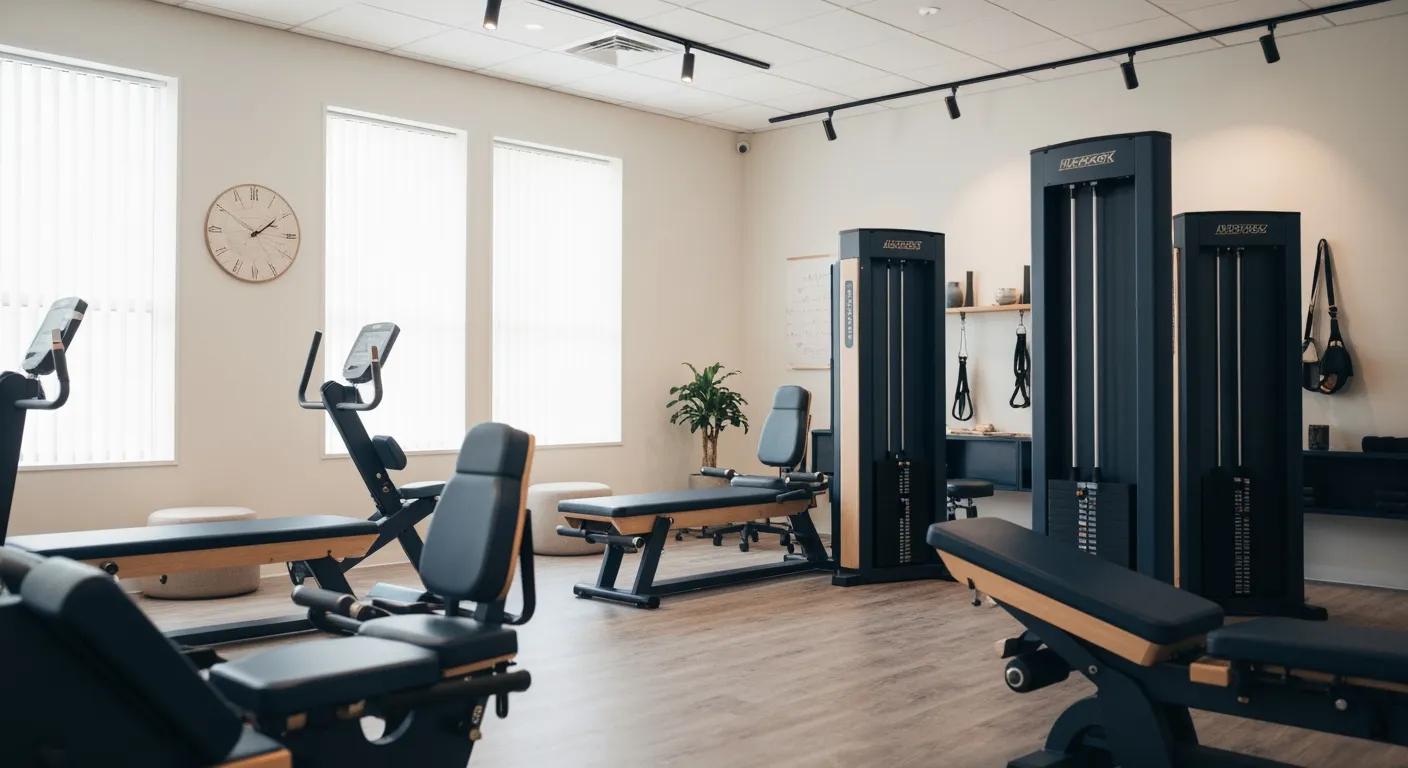
Effective Corrective Exercises for Sustainable Pain Management
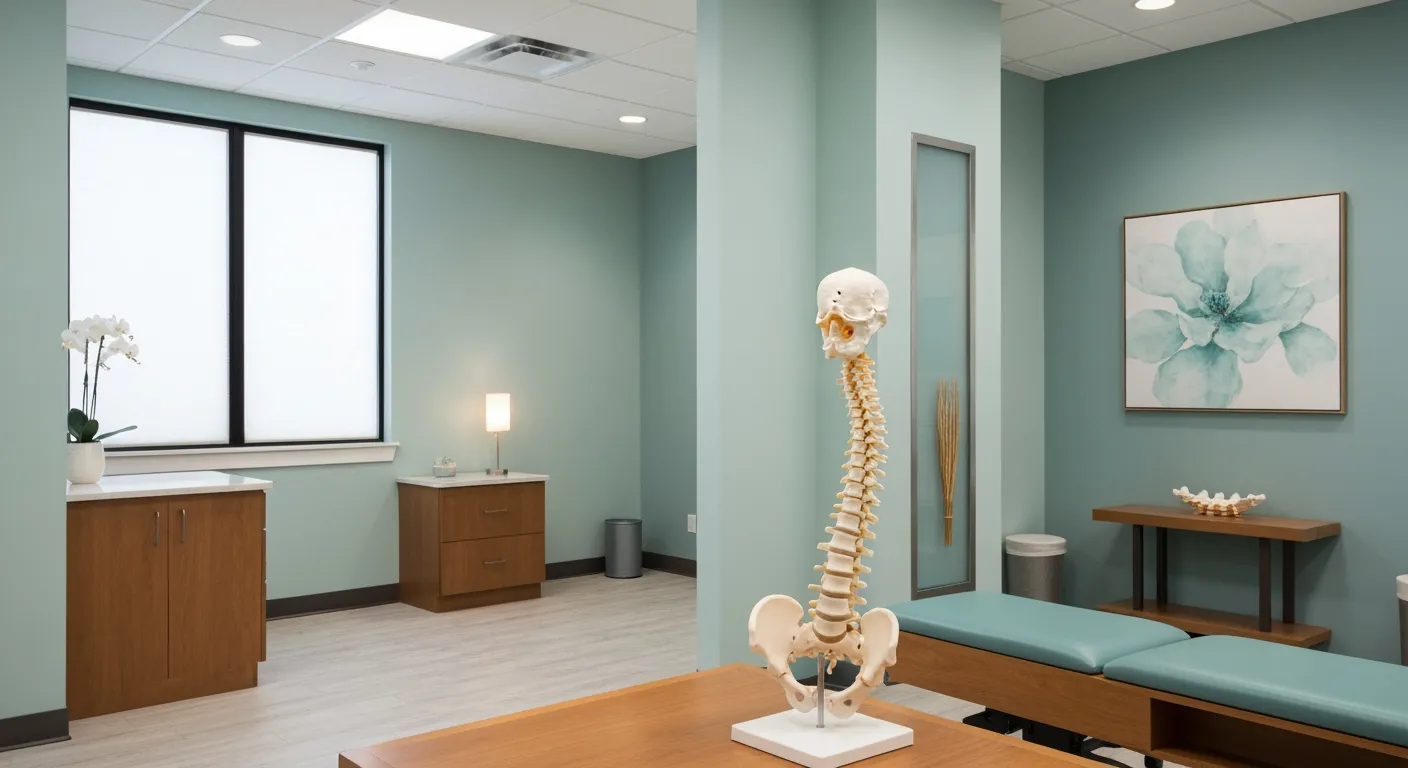
Taking a Root Cause Approach to Chronic Pain Management

Holistic Pain Management Techniques Without Surgery

How Patient Success Stories Validate Chiropractic Care Benefits

Spinal Decompression: Innovative Treatment for Sciatic Nerve Pain
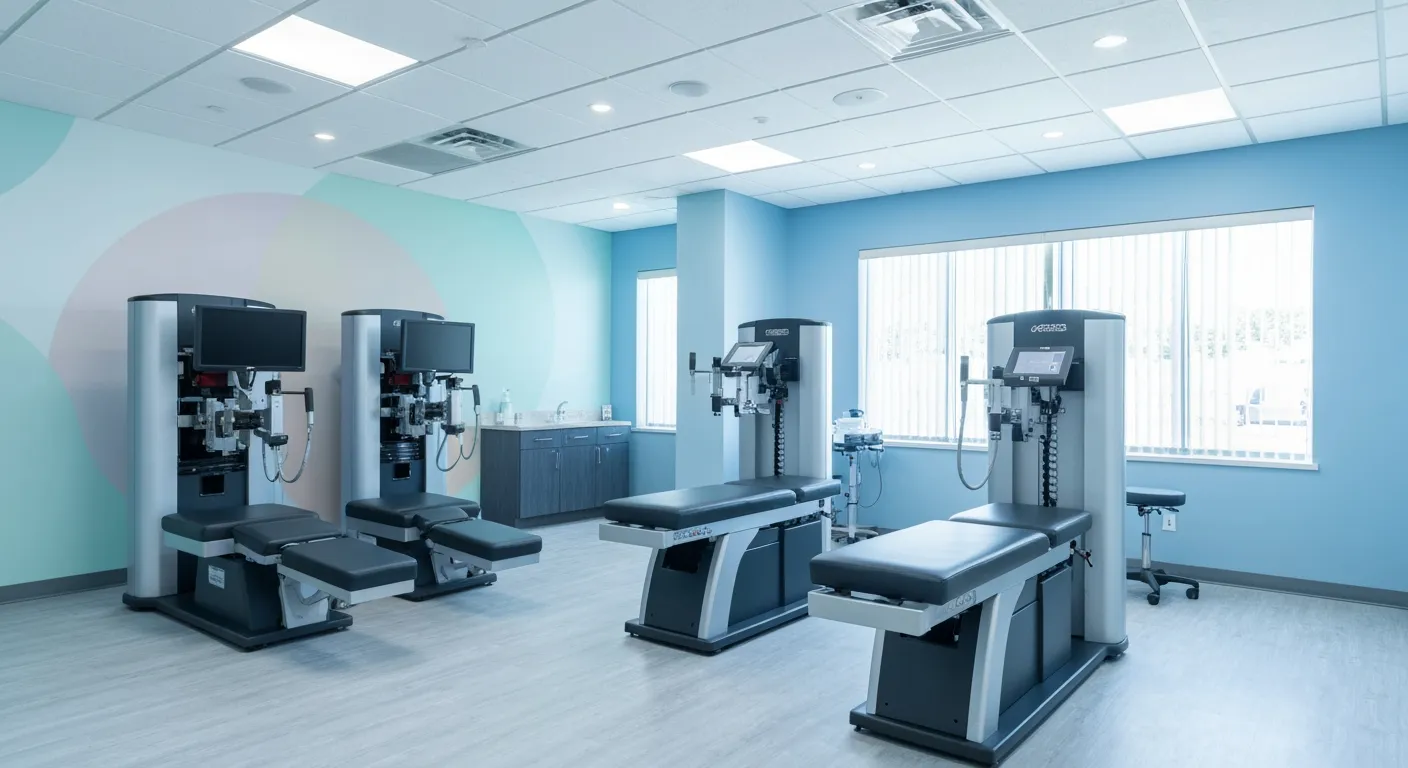
Spinal Decompression Therapy: A Non-Invasive Approach to Sciatica Relief

Exploring Holistic Approaches Beyond Surgery for Pain Relief

Practical Lifestyle Advice to Support a Healthy Spine Every Day
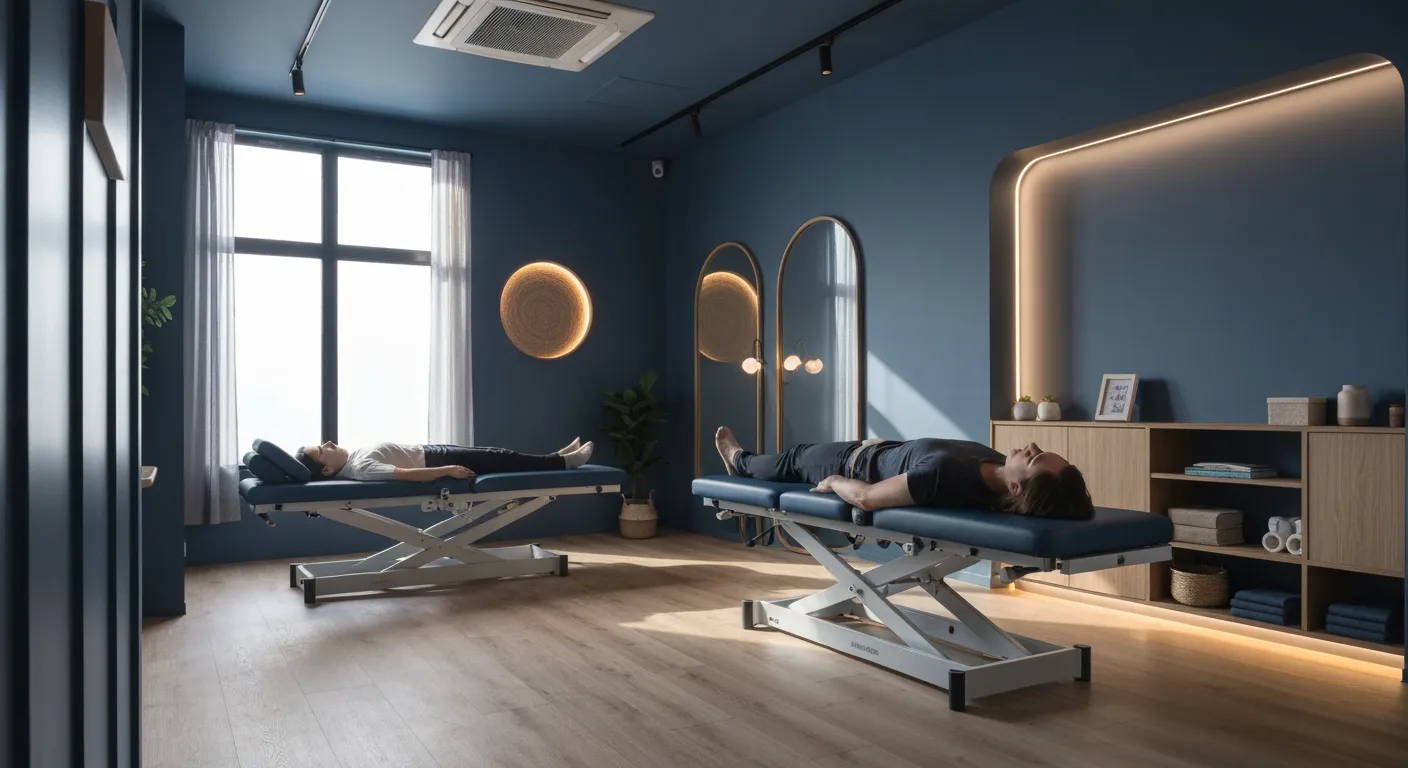
Corrective Exercise Routines Designed for Long-Term Pain Prevention
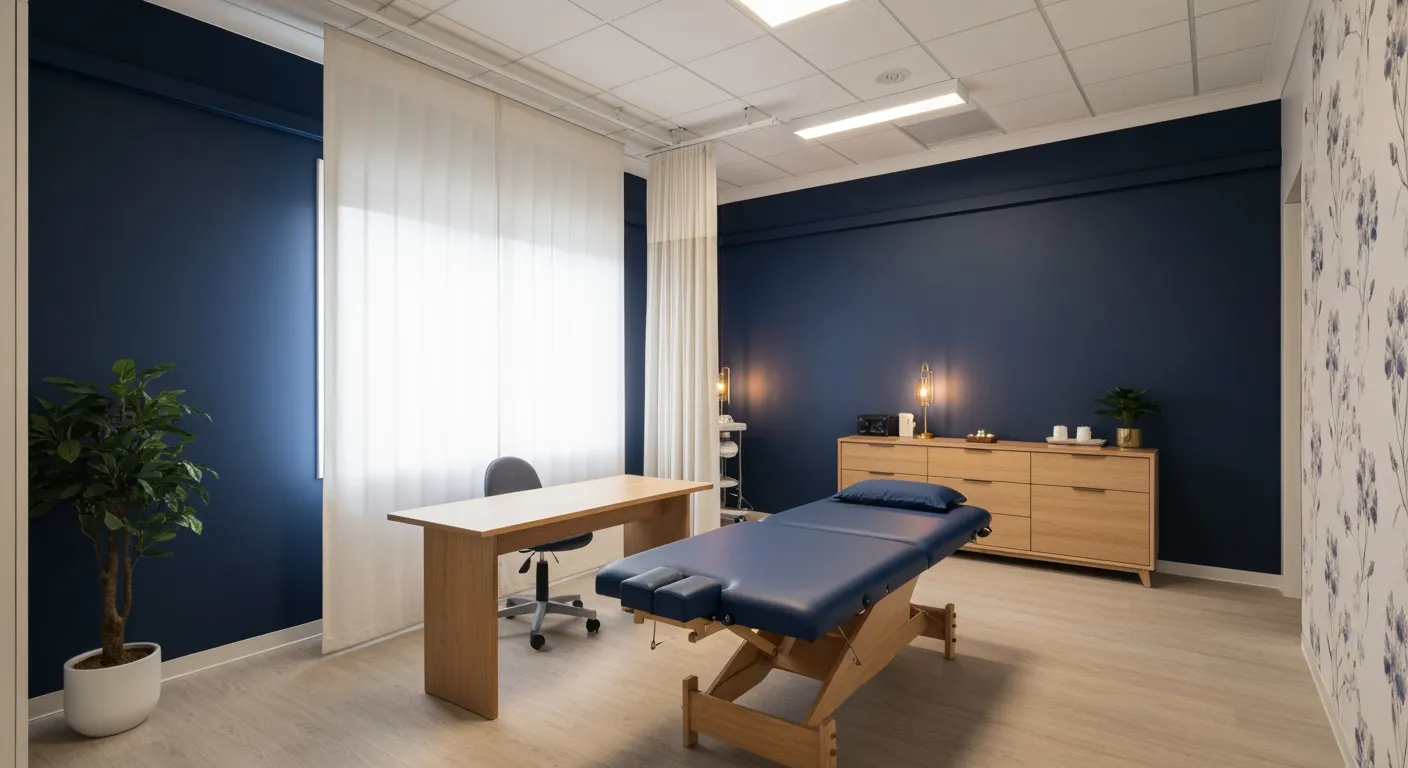
Real Patient Stories: Overcoming Chronic Pain with Chiropractic Care
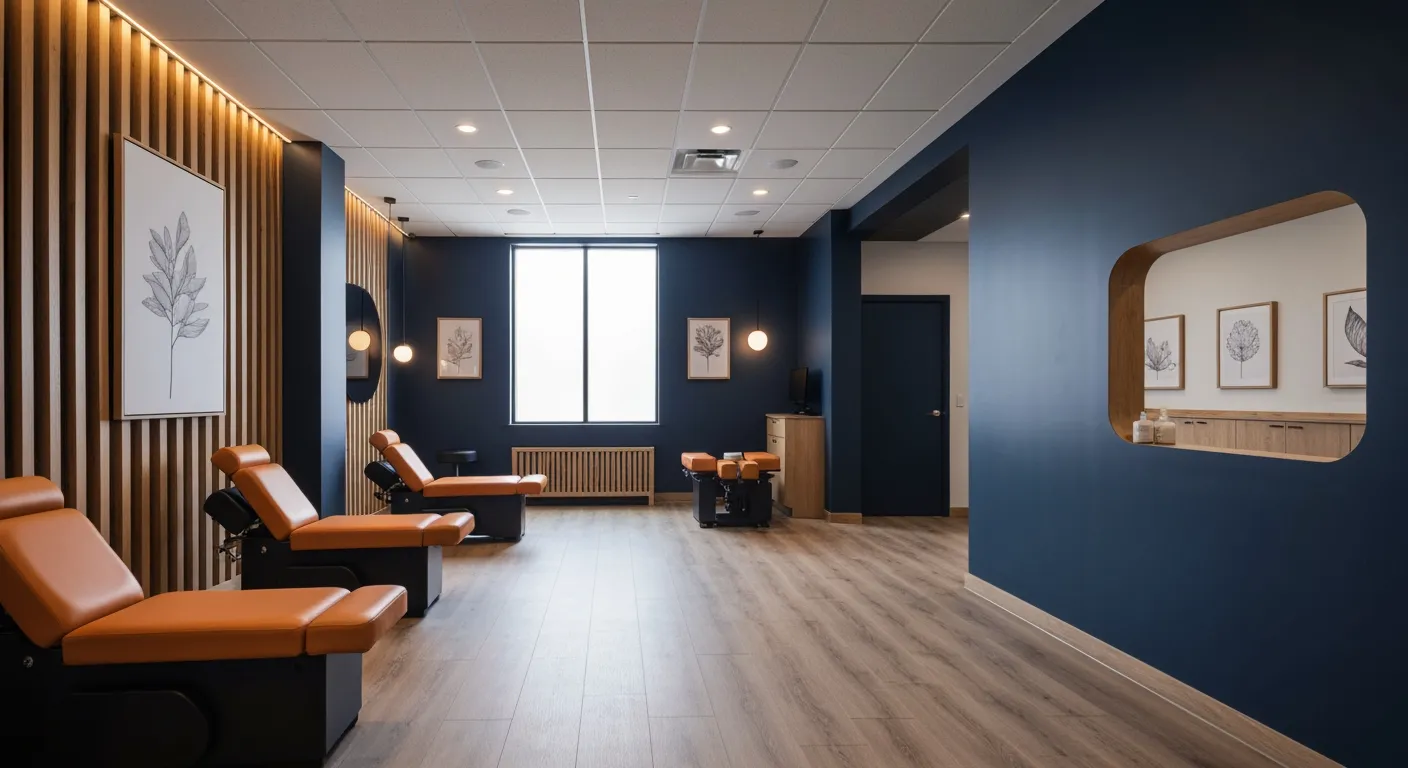
Lifestyle Changes That Promote a Healthy Spine and Prevent Injury
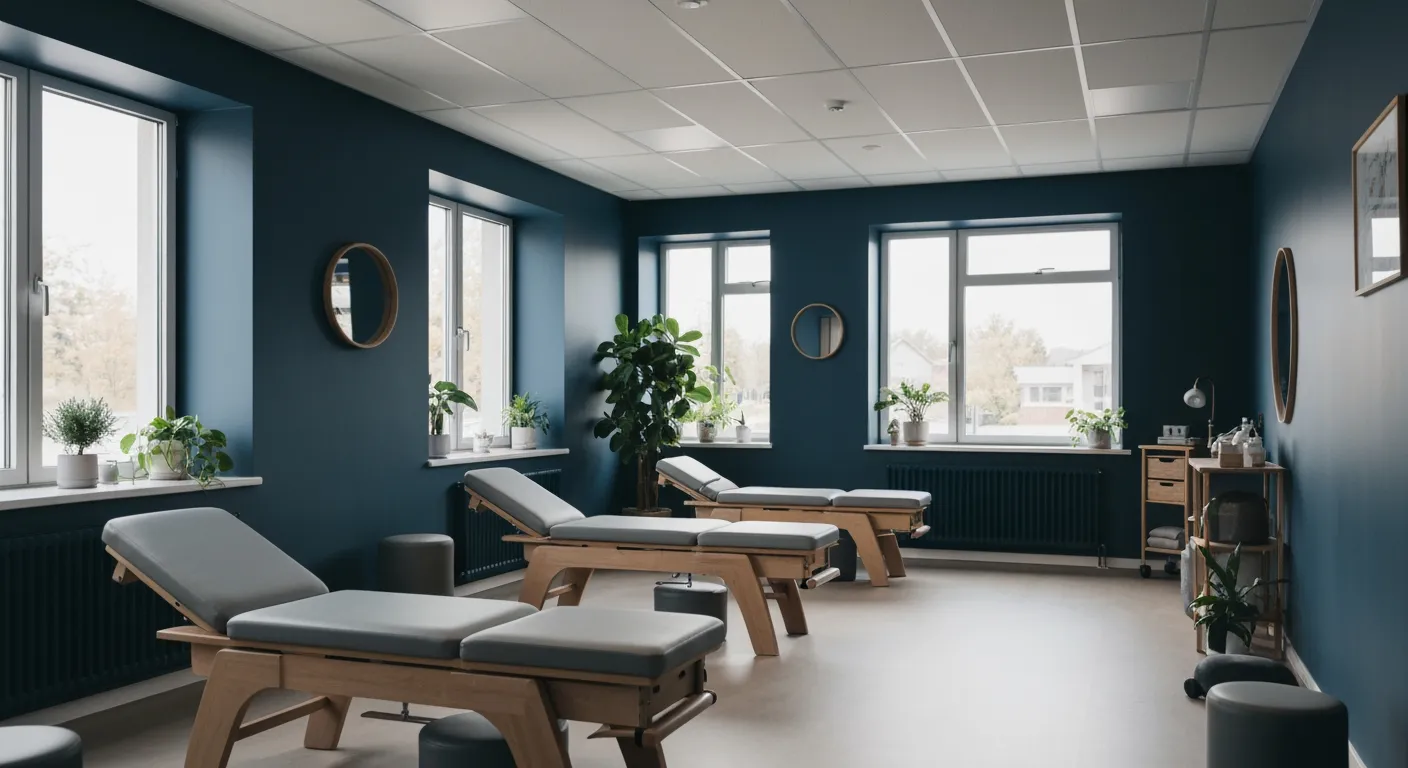
How Addressing the Root Cause of Pain Leads to Lasting Relief

Non-Surgical Holistic Therapies to Manage Chronic Pain Effectively

Nutritional Counseling's Impact on Physical Health and Healing
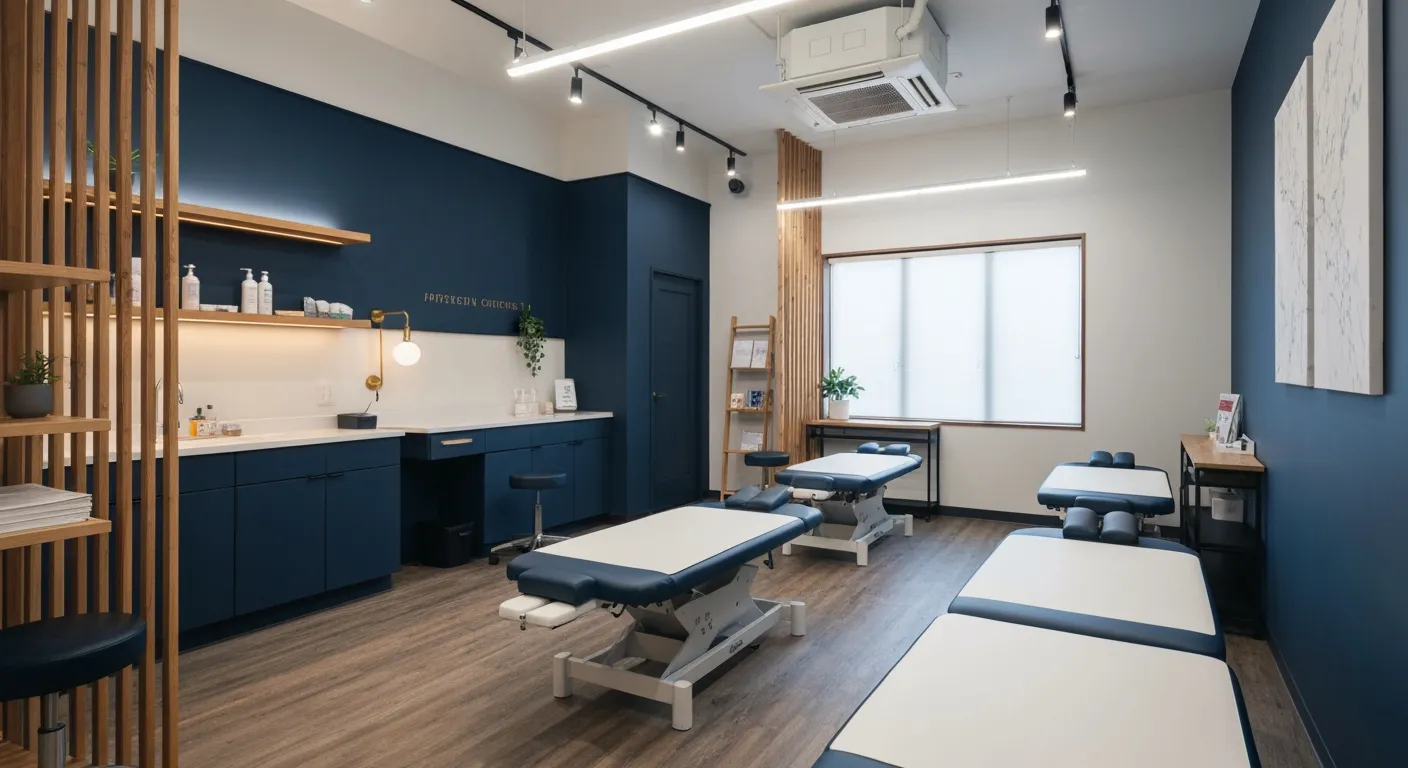
Benefits of Regular Chiropractic Care for a Stronger Back

Your First Chiropractic Visit: What to Expect and How to Prepare

Patient Experiences: How Chiropractic Care Transformed Their Lives
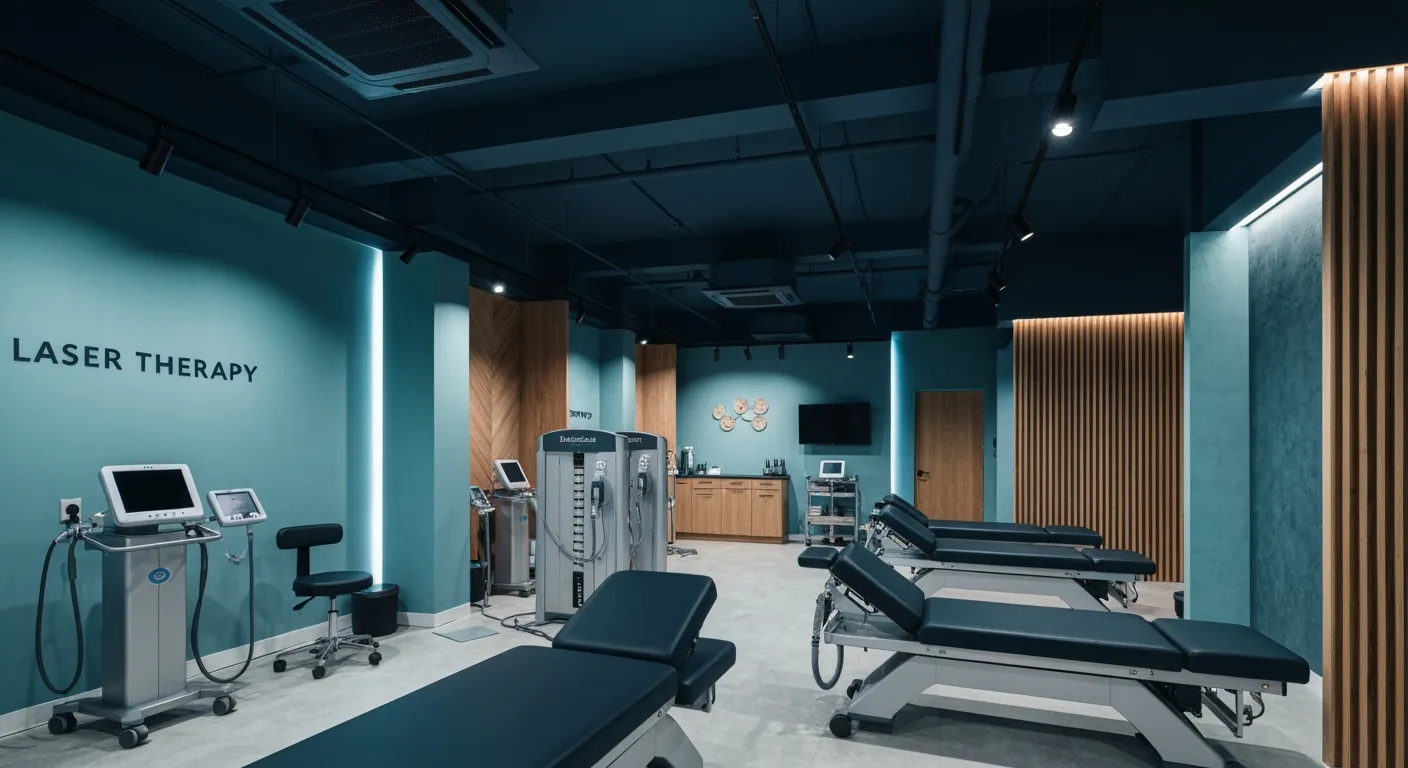
Exploring Holistic, Non-Surgical Options for Pain Management

Combining Physiotherapy with Chiropractic Treatments for Enhanced Recovery
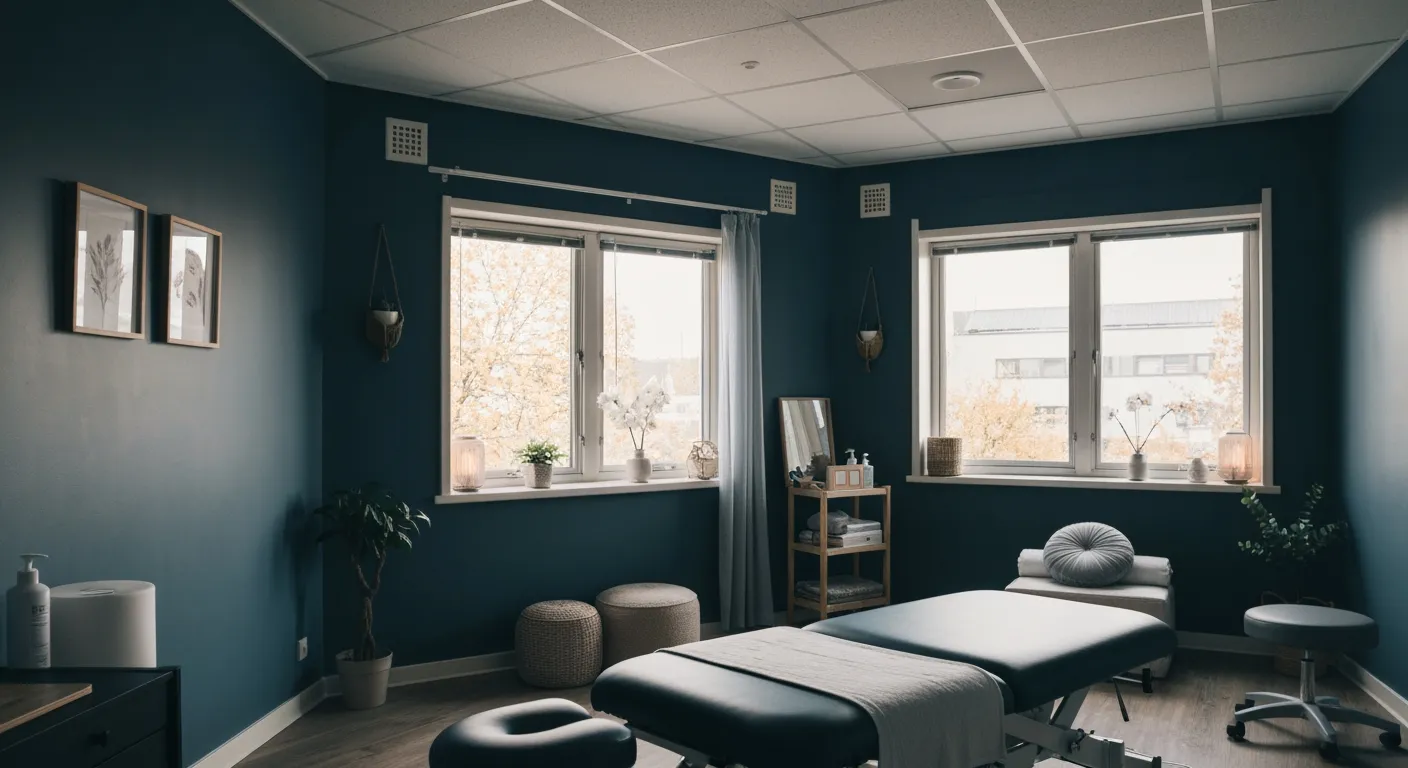
Holistic Treatments That Offer Alternatives to Surgery for Pain Relief

Corrective Exercise Strategies for Long-Term Spine Health
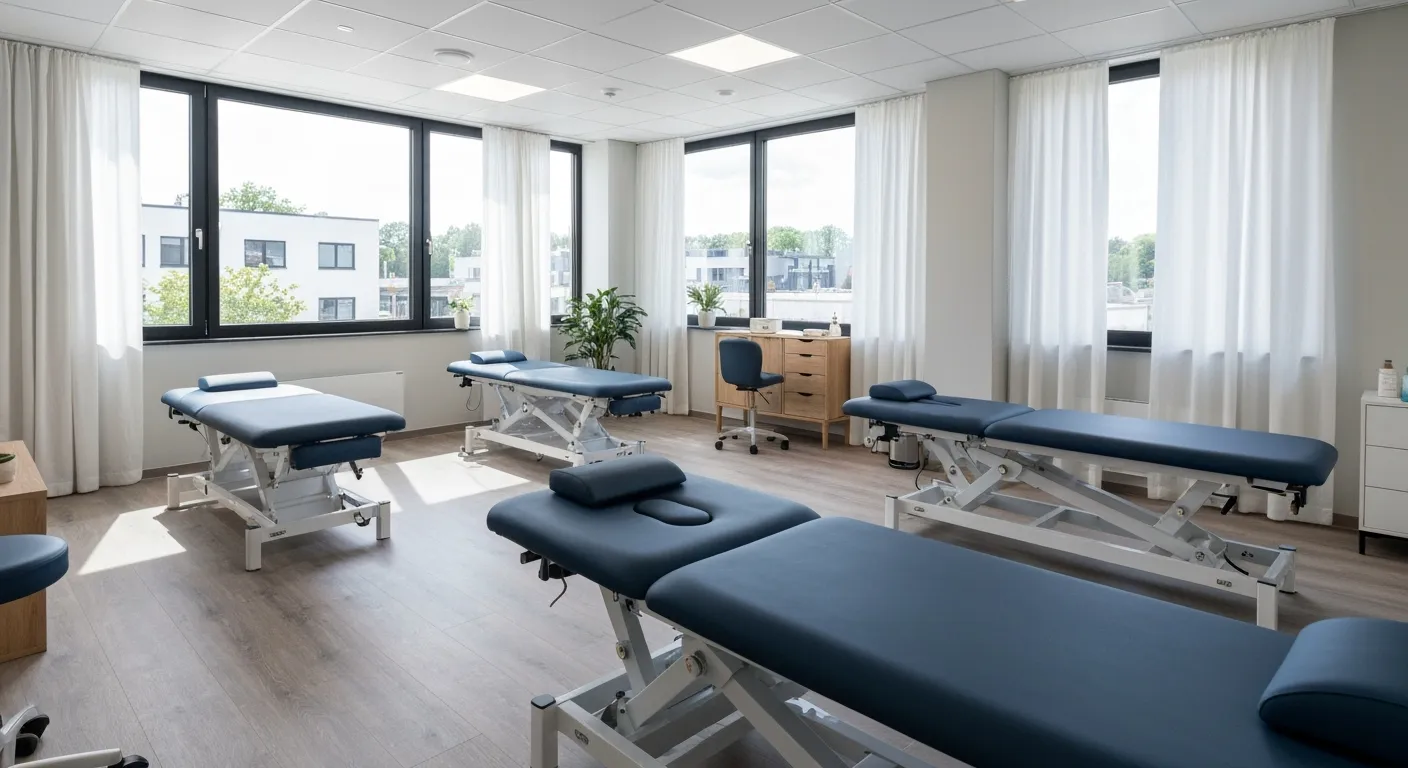
How Physiotherapy Complements Chiropractic Adjustments for Better Outcomes

First-Time Chiropractic Visitors: What You Should Know

Understanding the Importance of Treating Pain at Its Source

Adopting Lifestyle Changes to Support Your Spine's Wellness
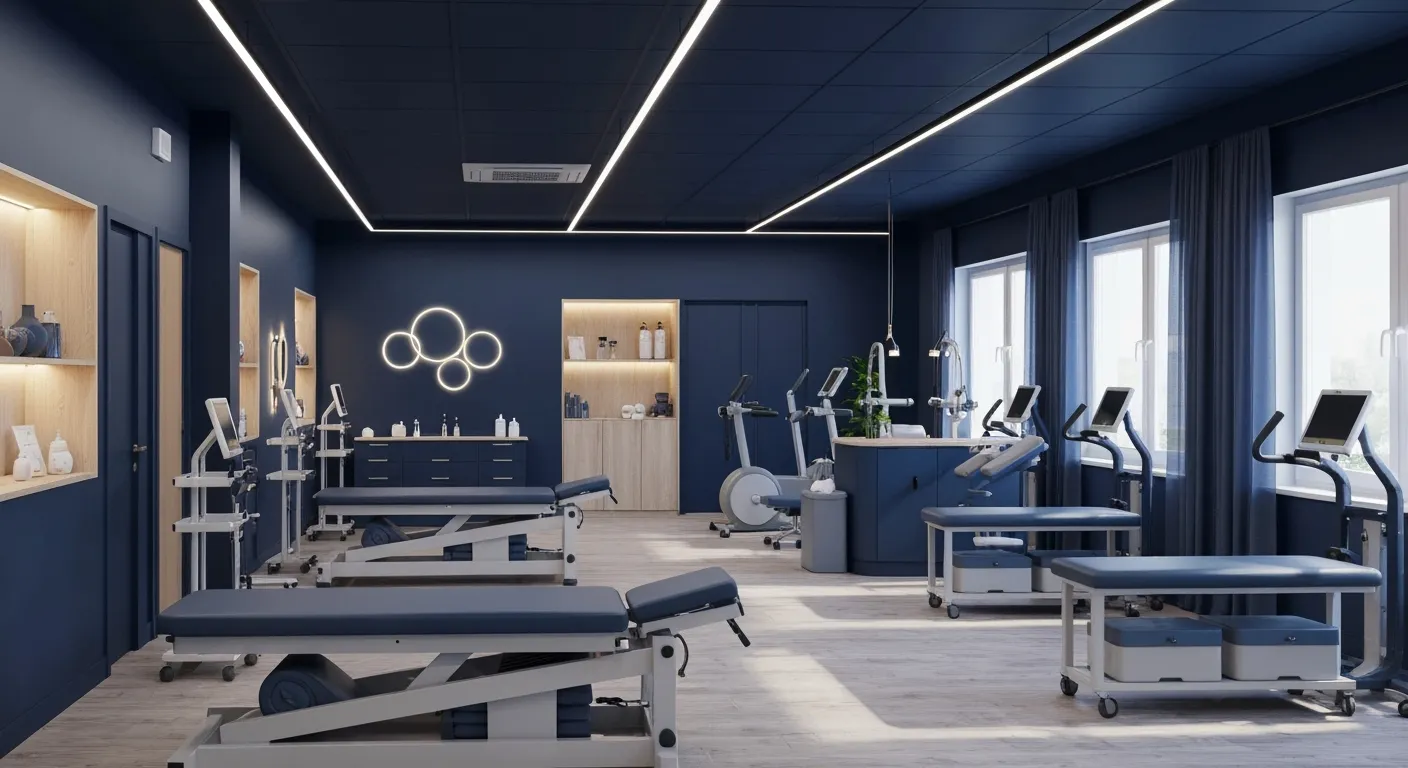
Utilizing Physiotherapy to Enhance Chiropractic Treatment Outcomes

The Key Advantages of Chiropractic Care for Back Pain Sufferers

Why Focusing on Root Causes Improves Pain Treatment Success

Corrective Exercises That Promote Lasting Pain Relief and Mobility
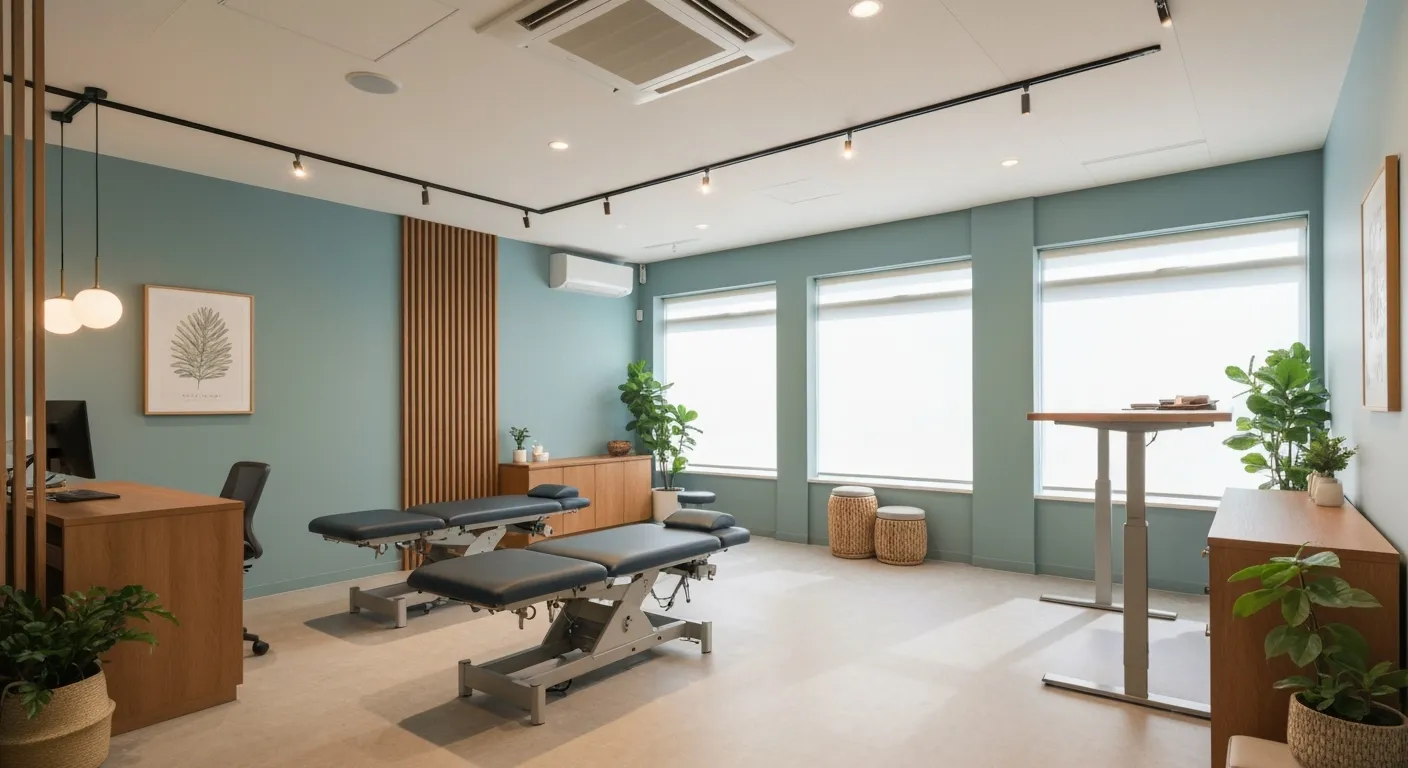
Sciatica Relief Through Targeted Spinal Decompression Techniques
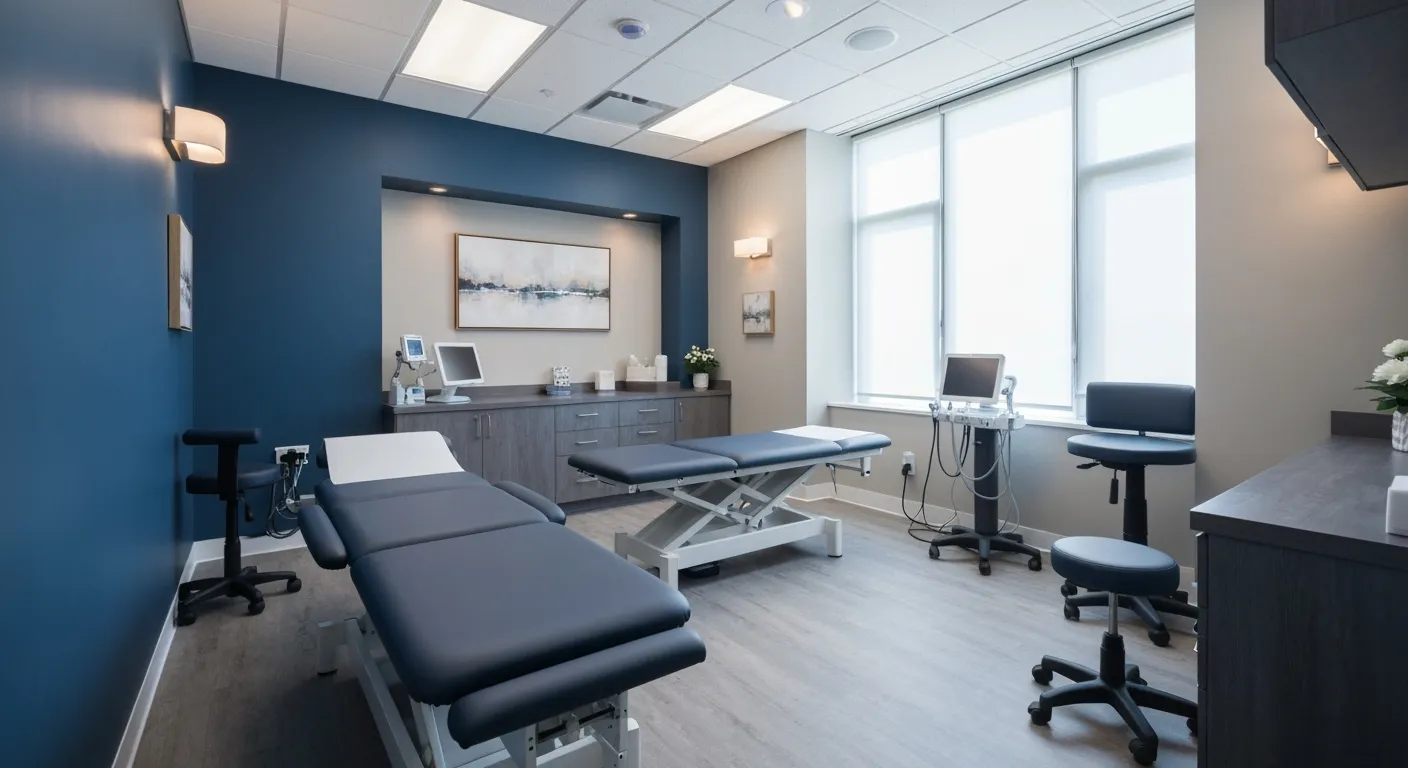
Preparing for Your First Chiropractic Appointment with Confidence
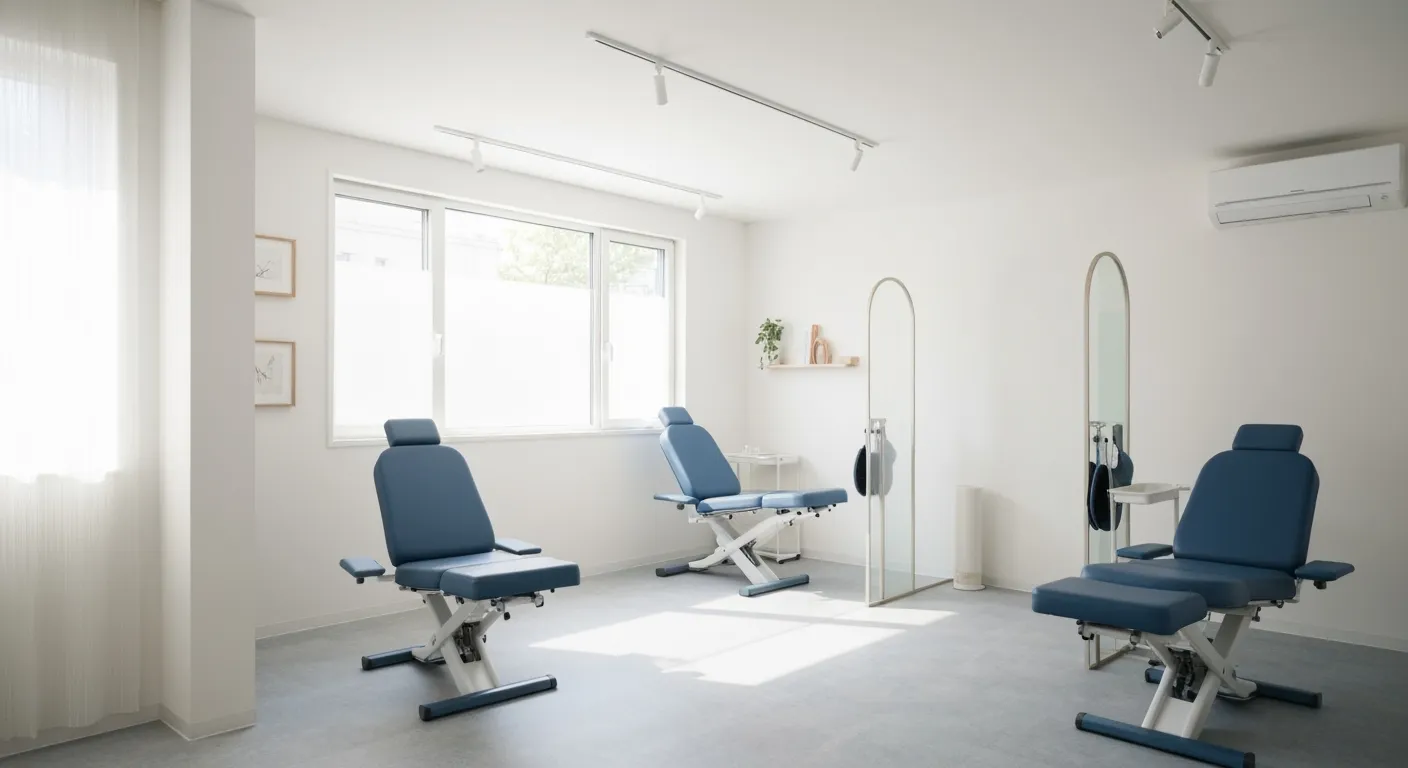
Healthy Lifestyle Habits for Maintaining Spinal Alignment

Success Stories Highlighting Chiropractic's Role in Pain Recovery

Top Benefits of Chiropractic Care for Chronic Back Pain
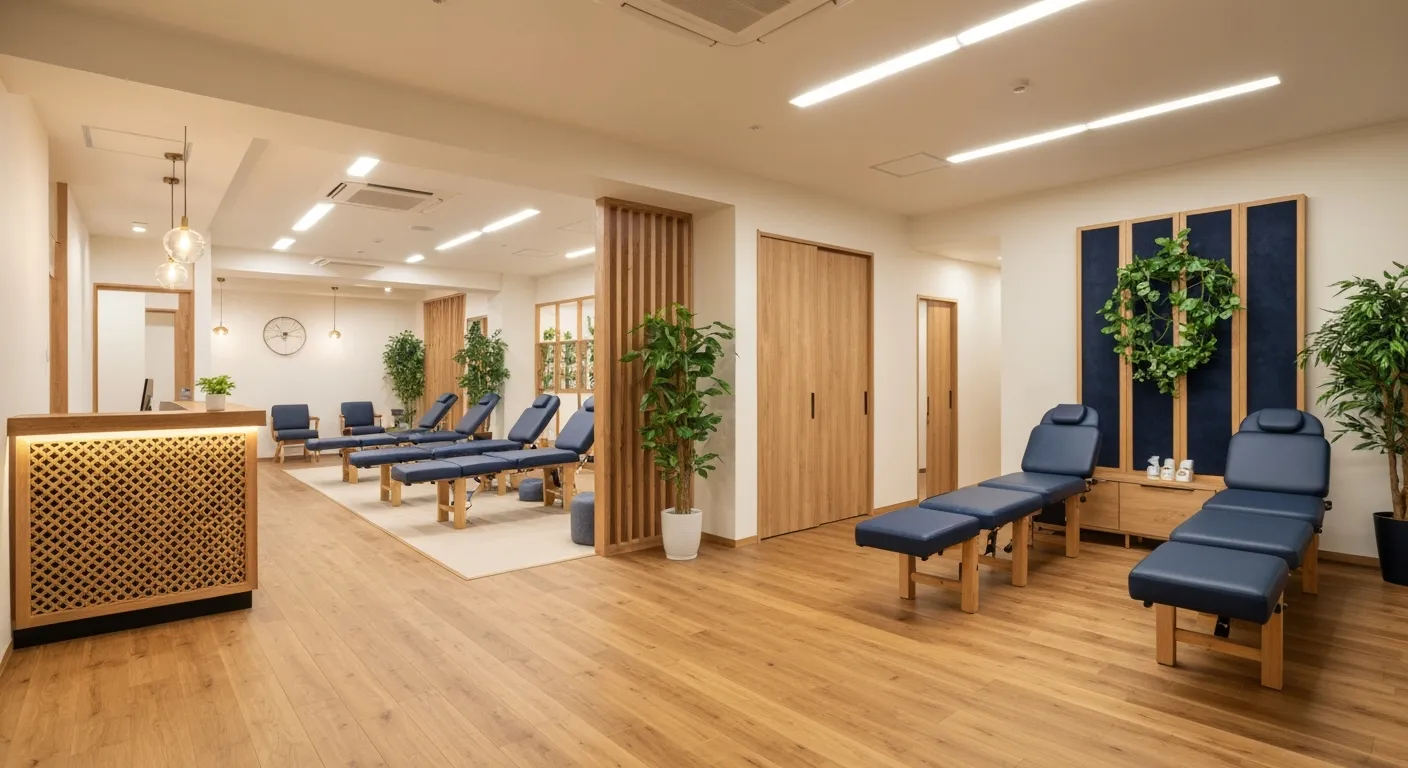
Nutrition Tips to Boost Your Overall Wellness and Recovery

How Chiropractic Care Alleviates Back Pain Naturally
